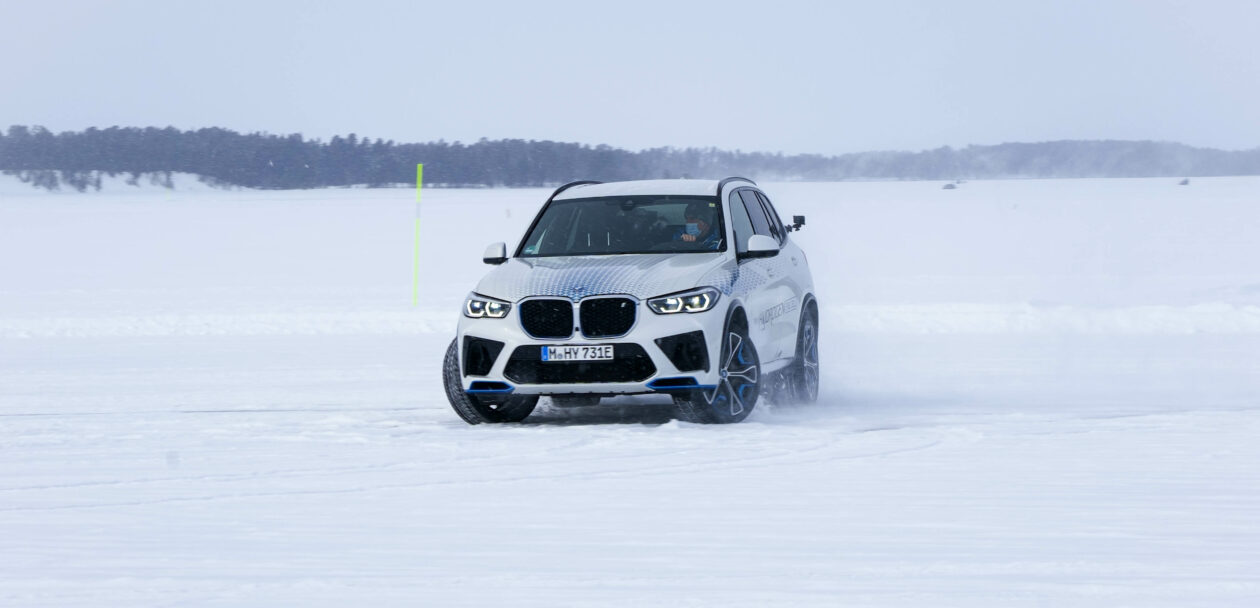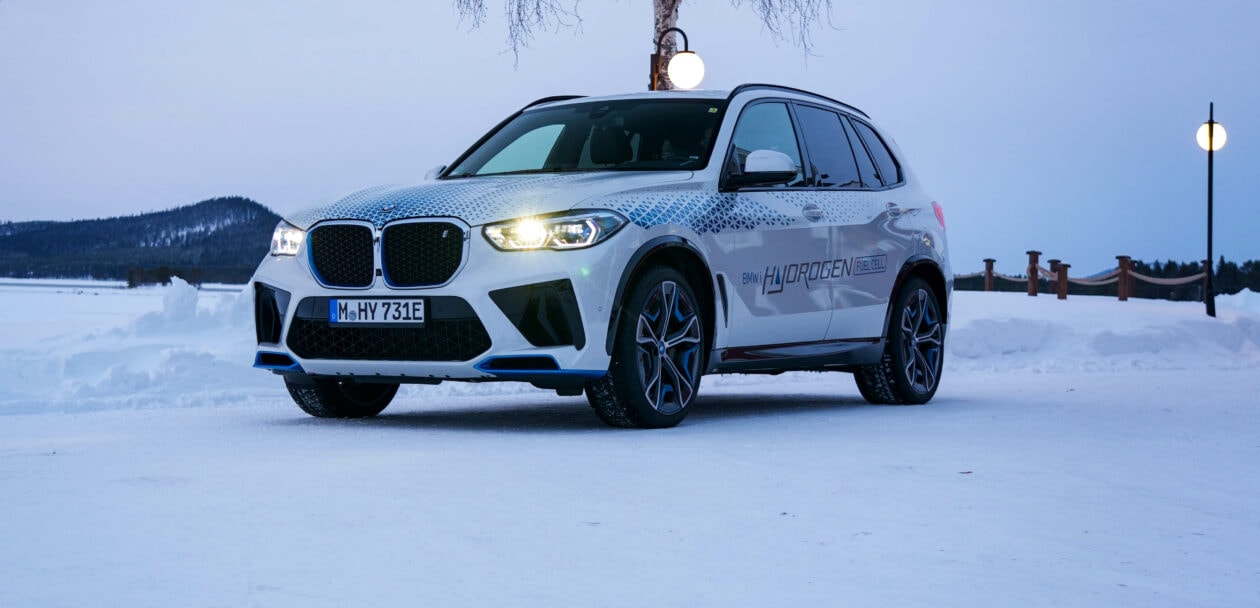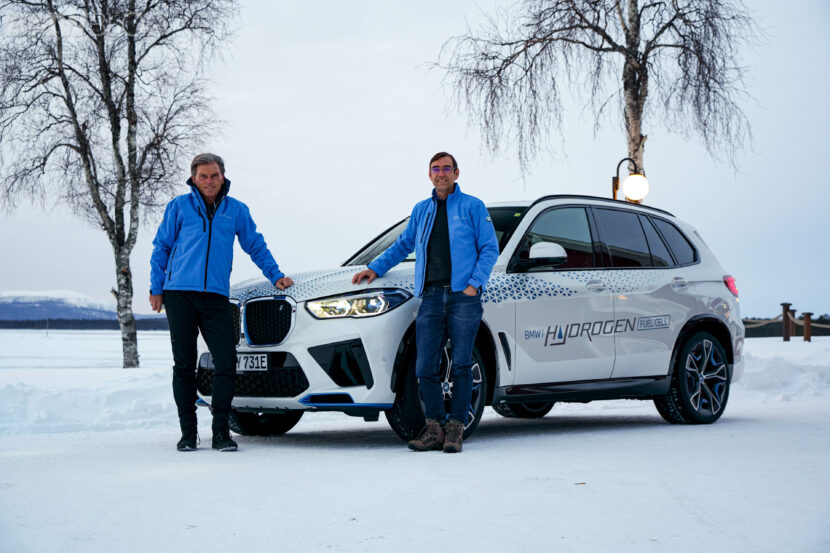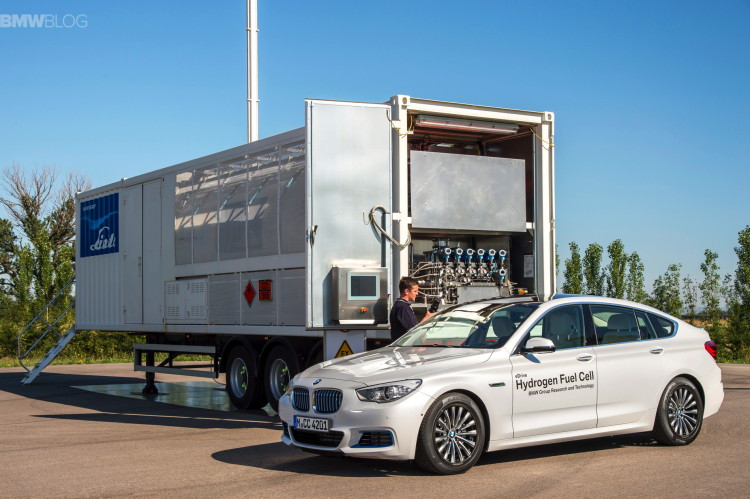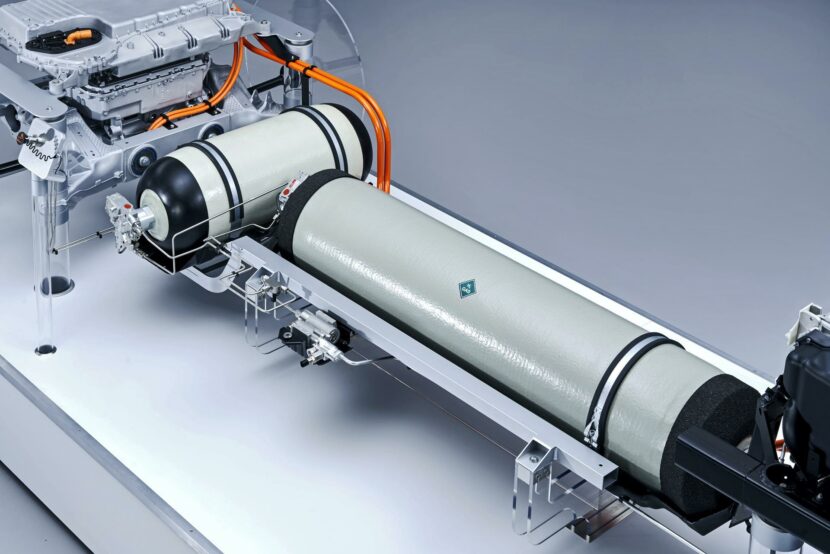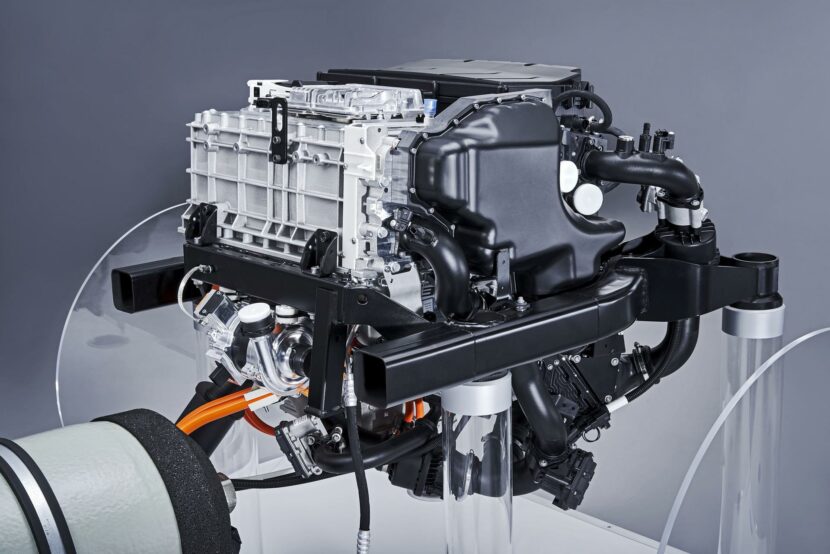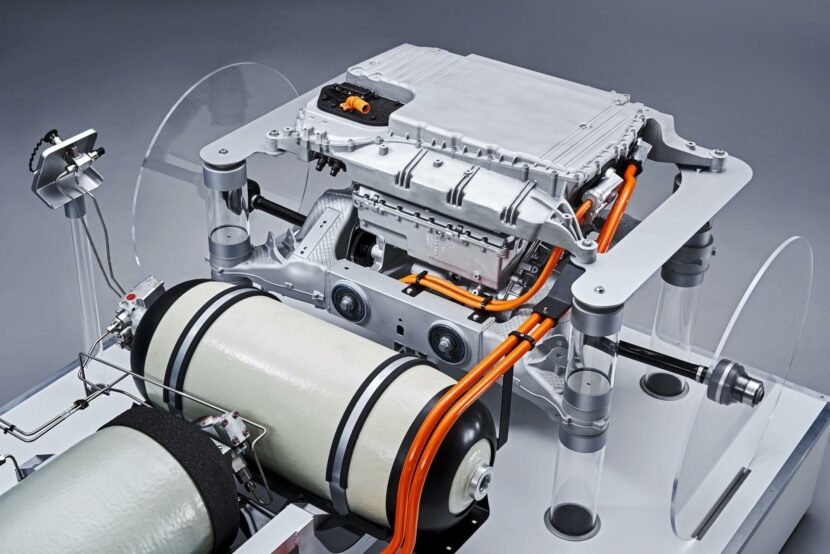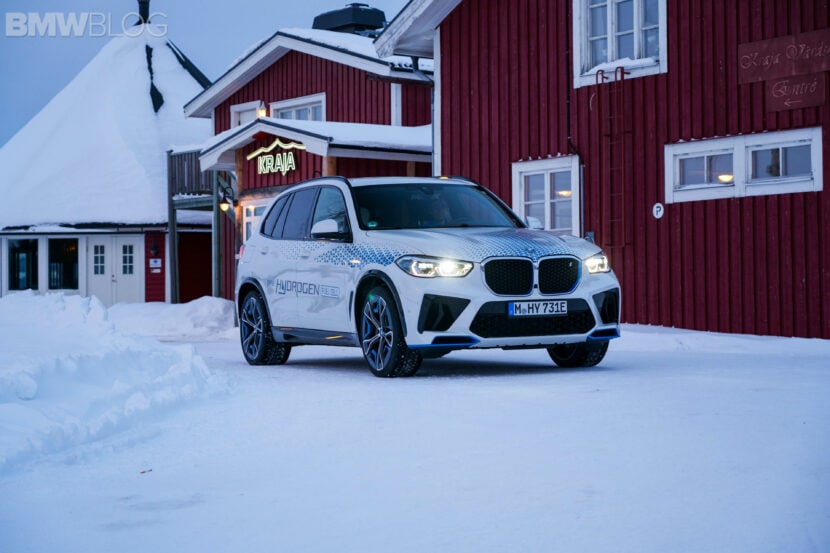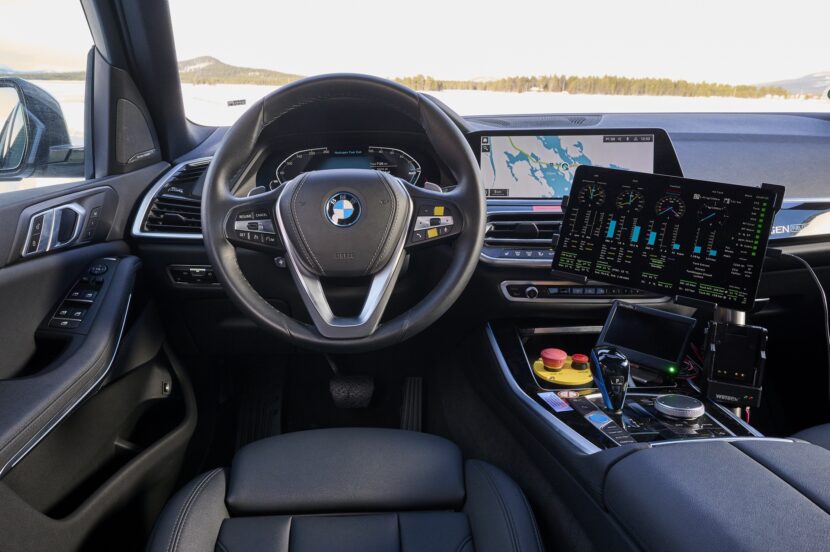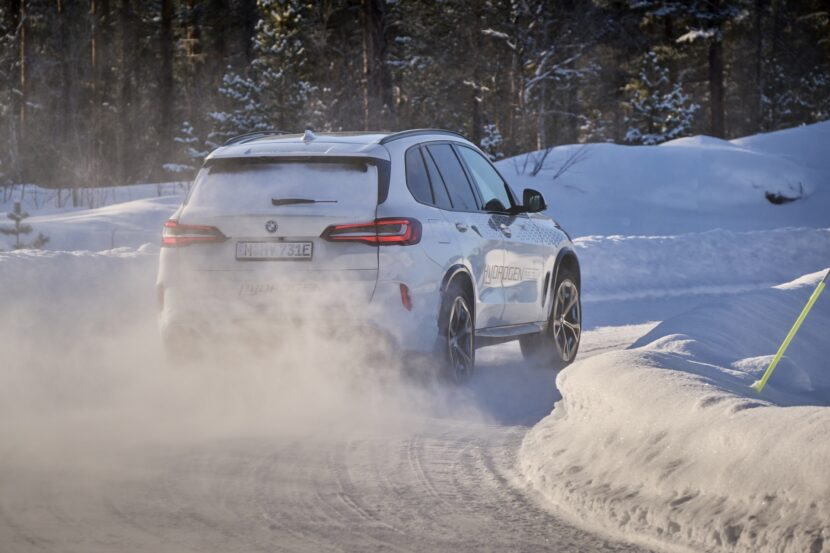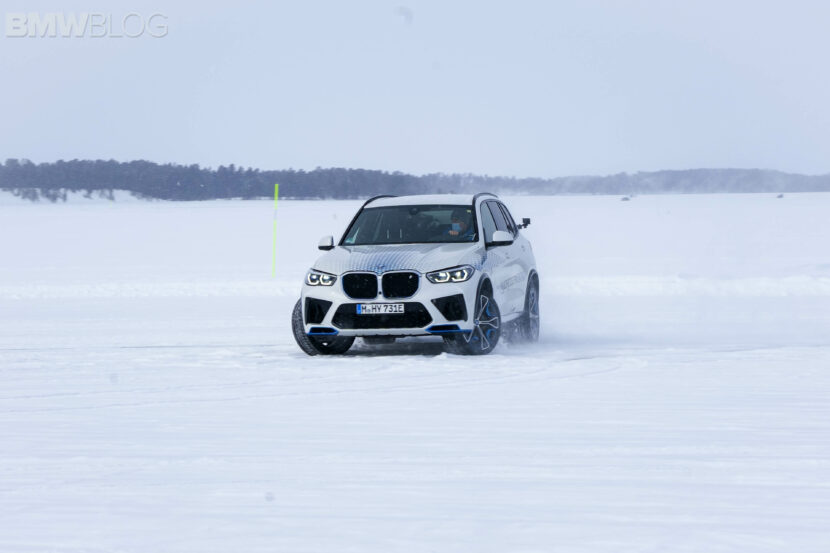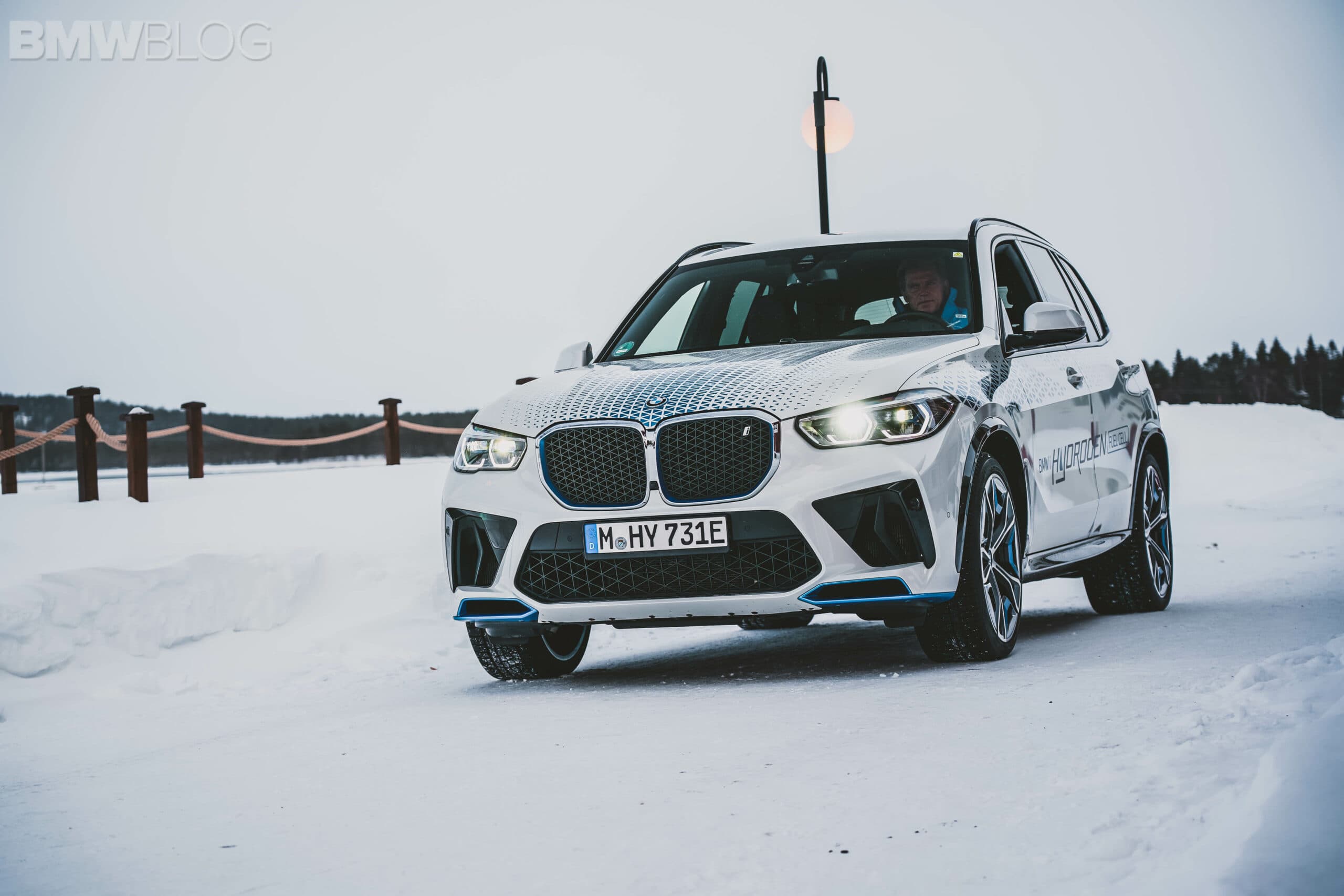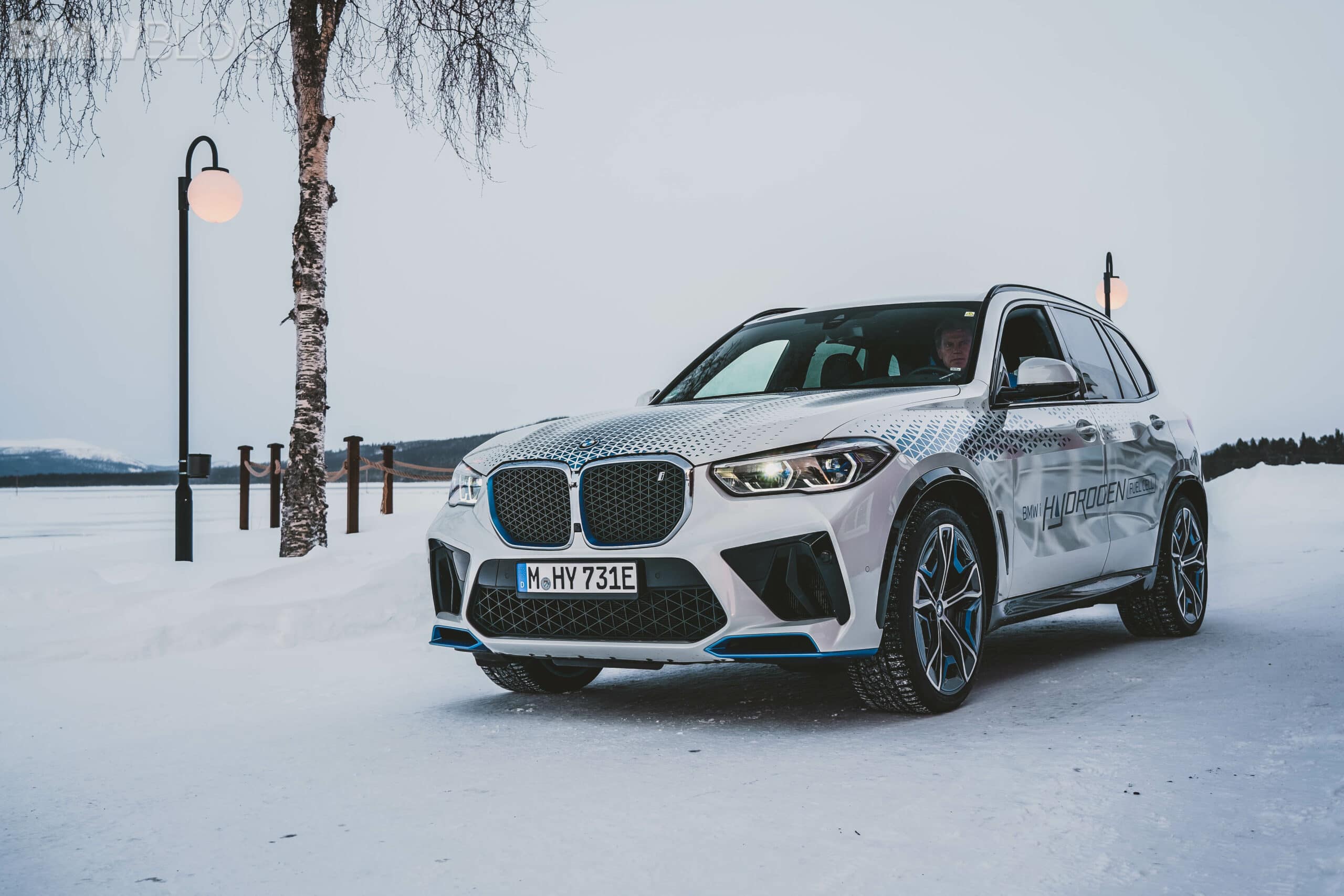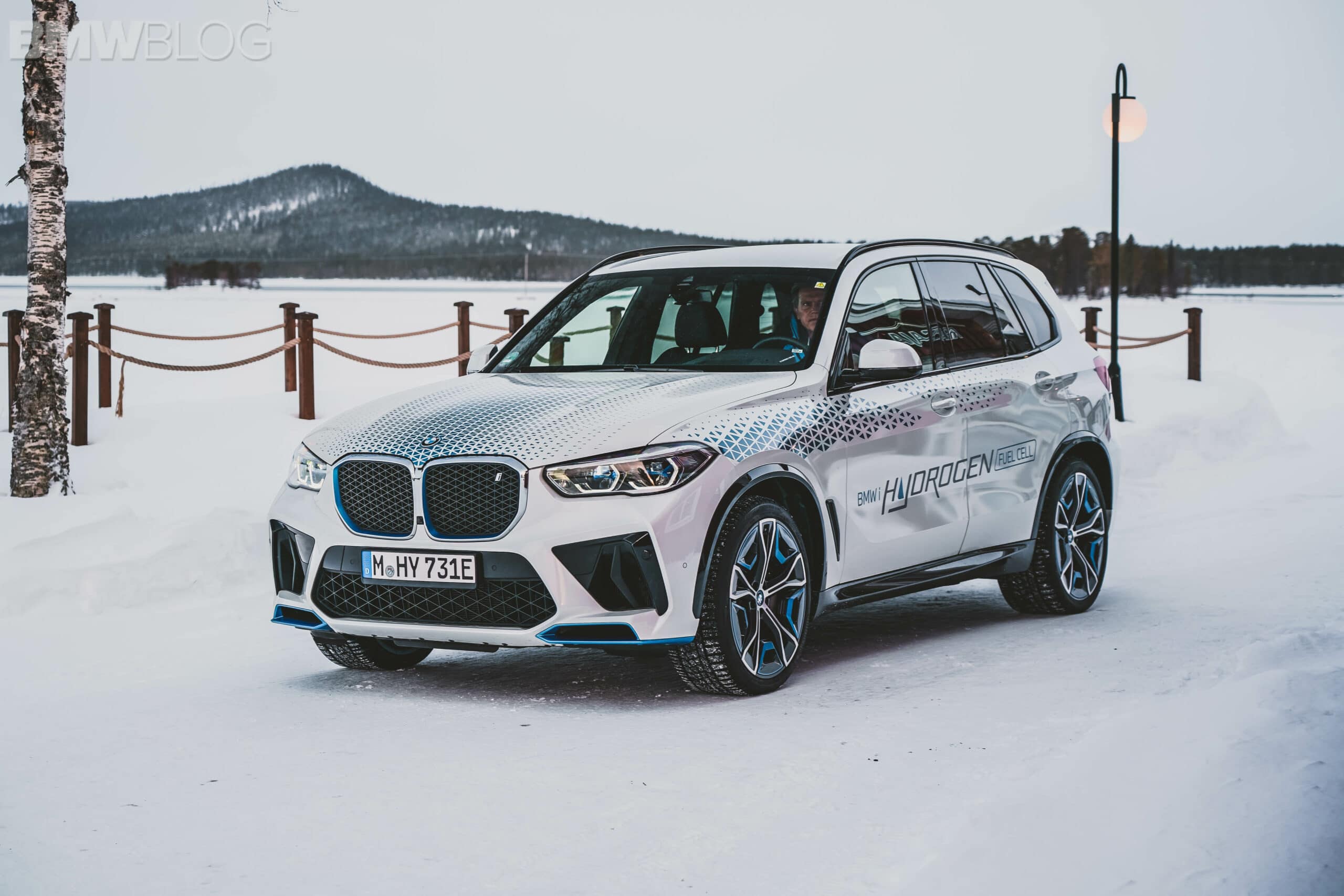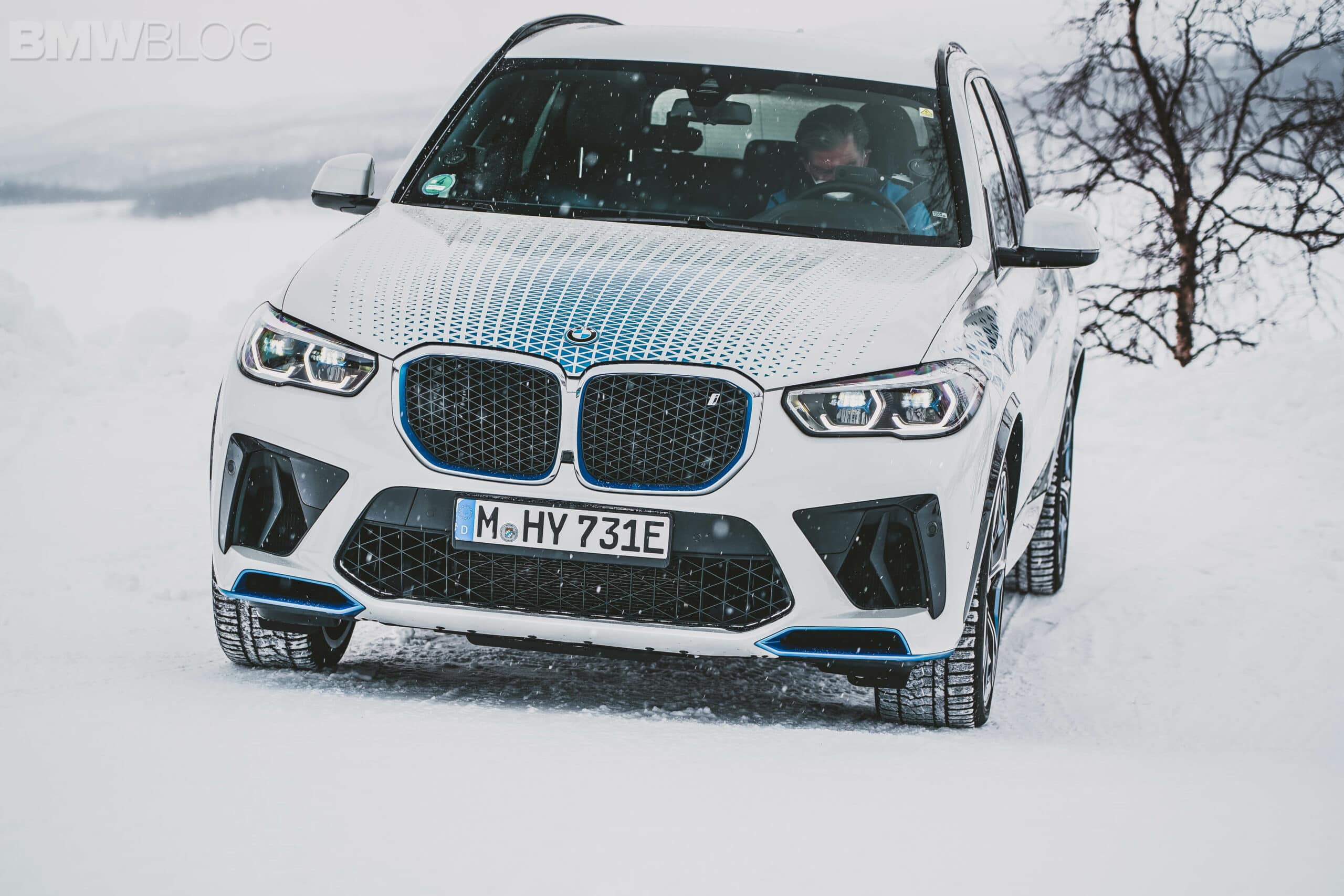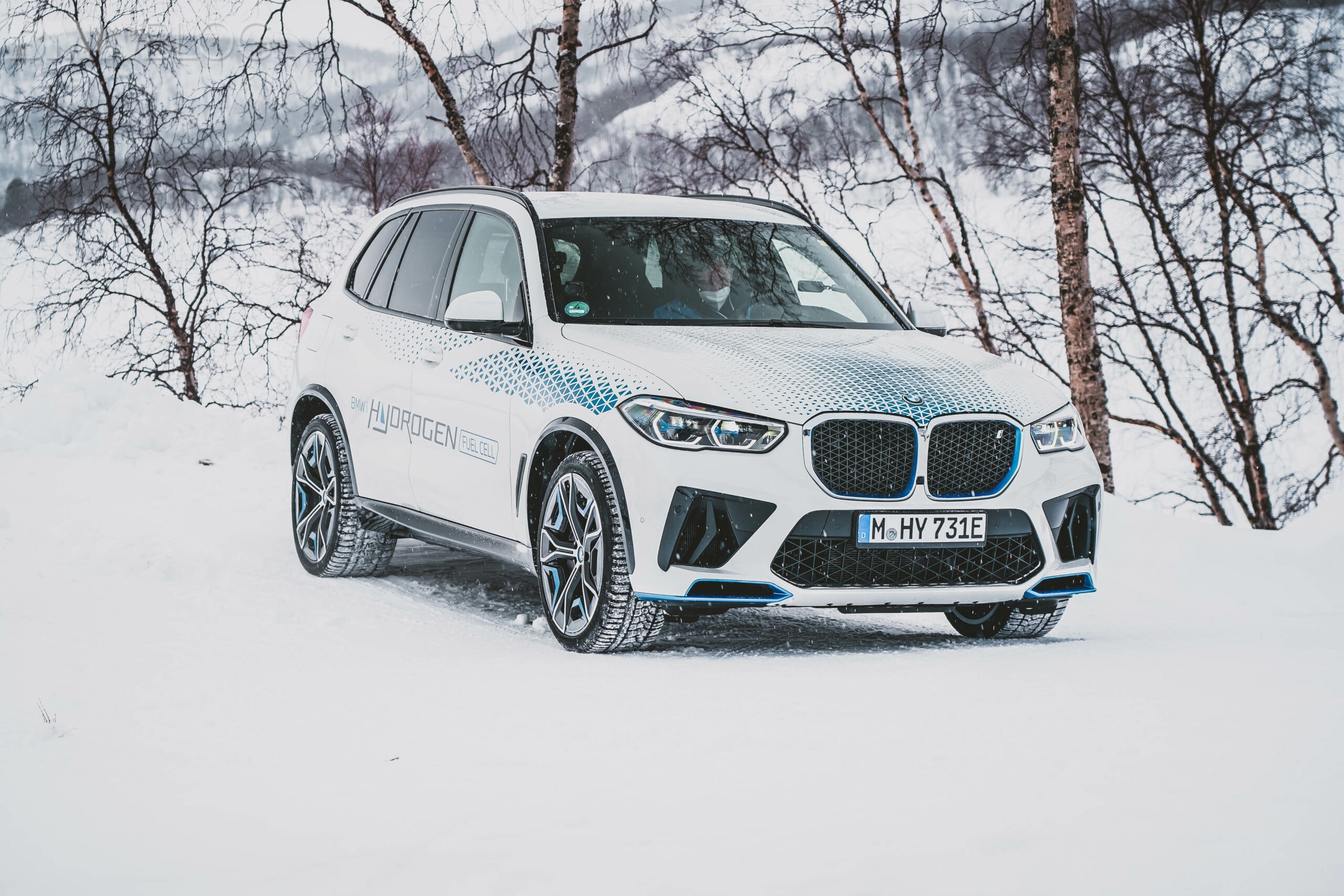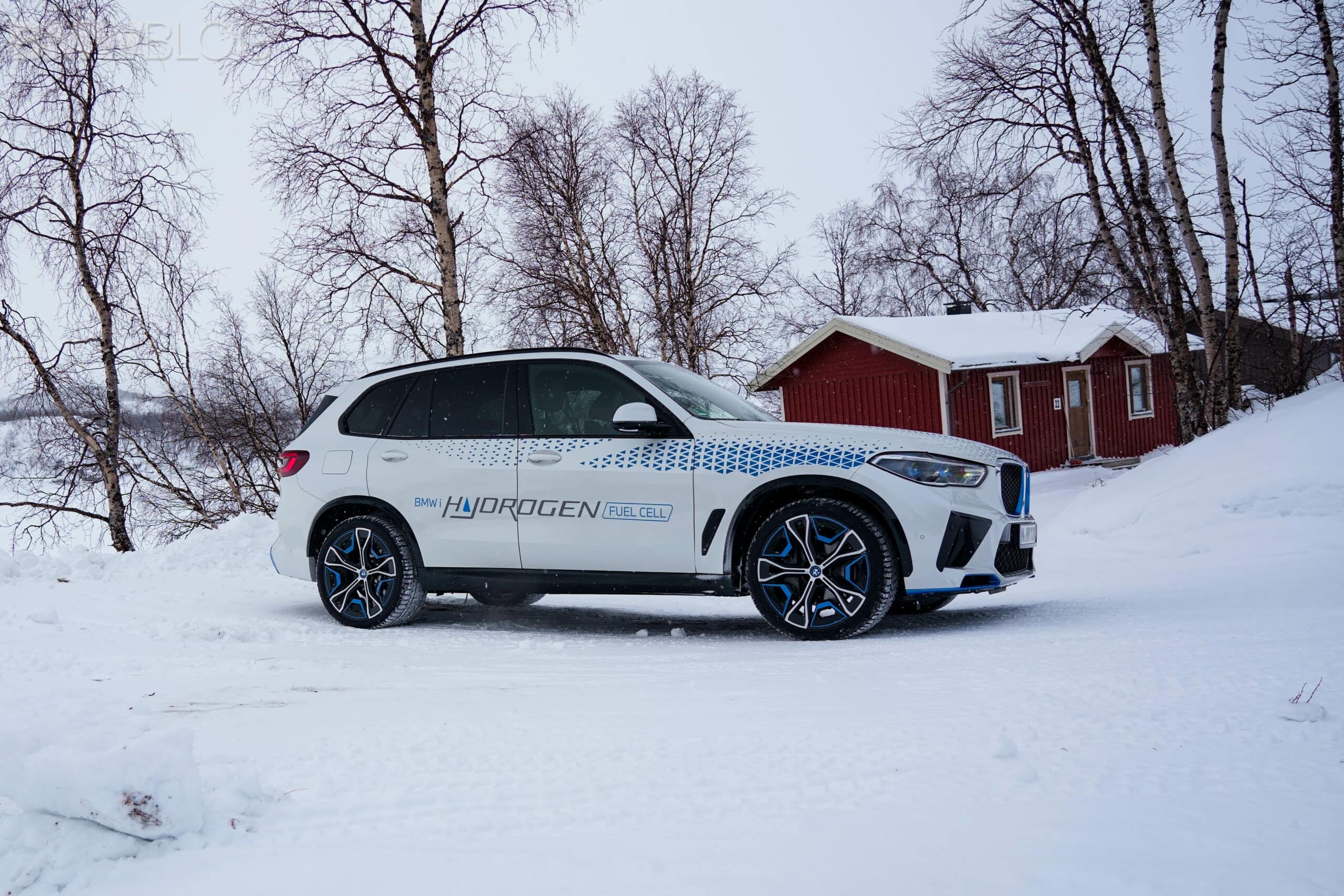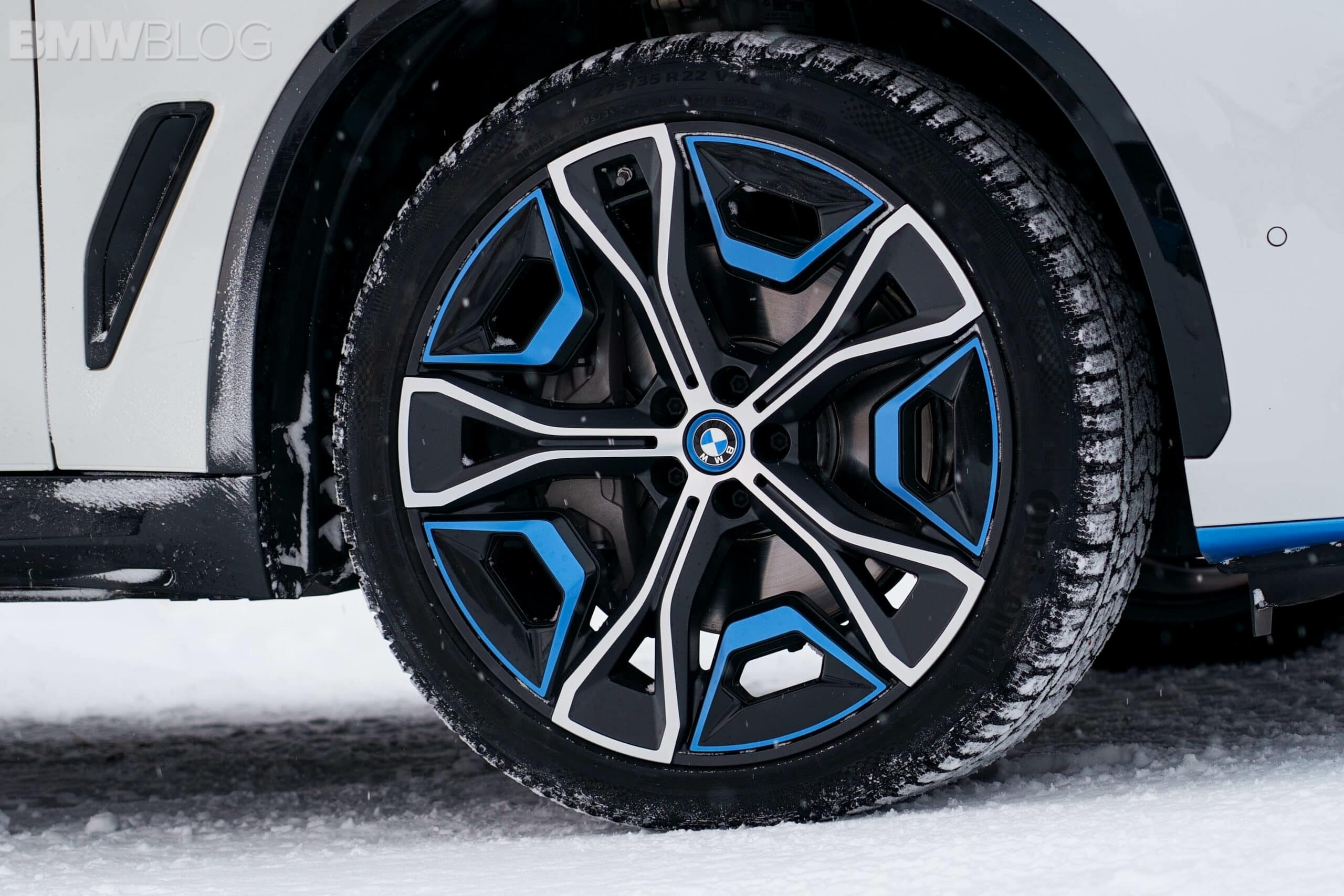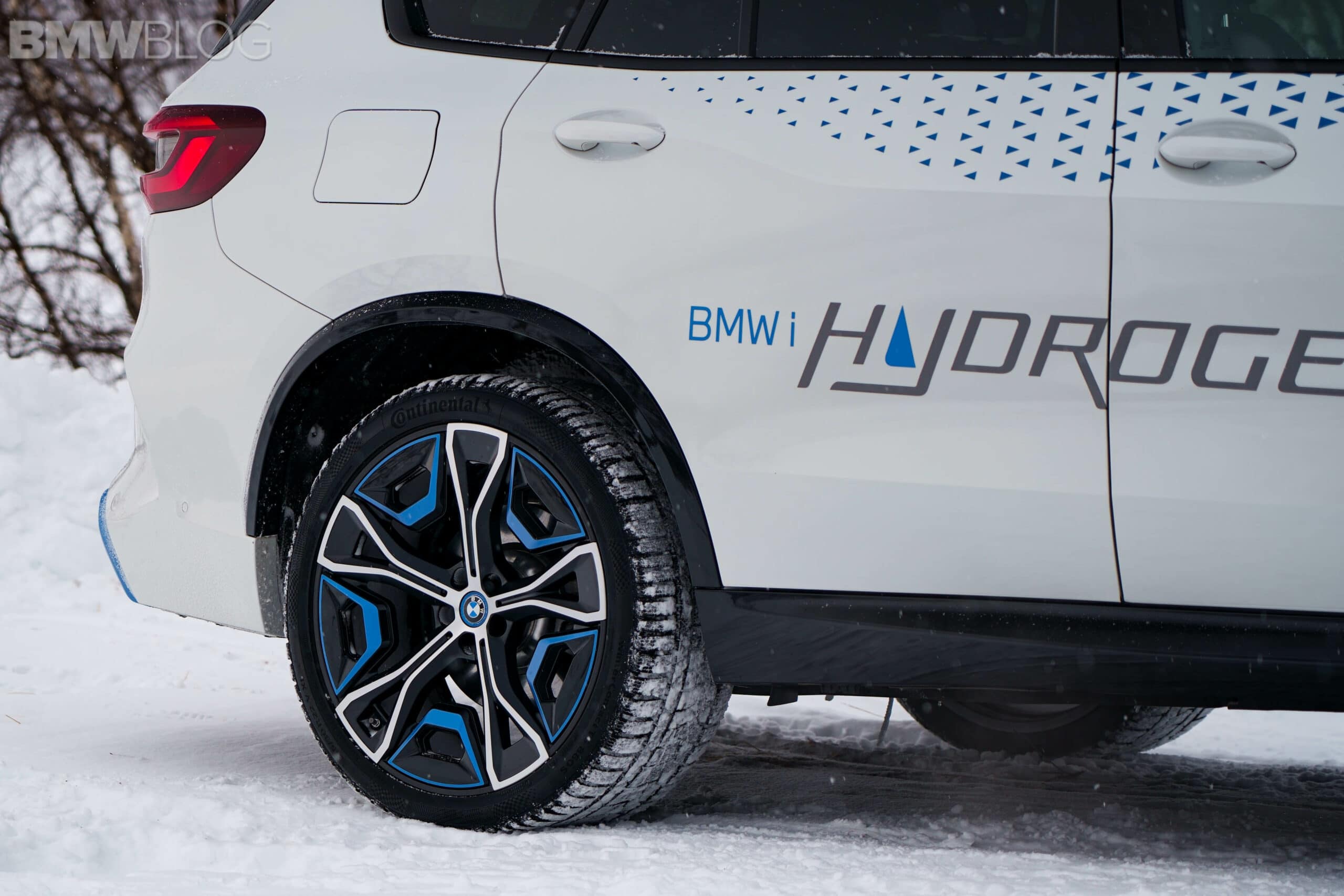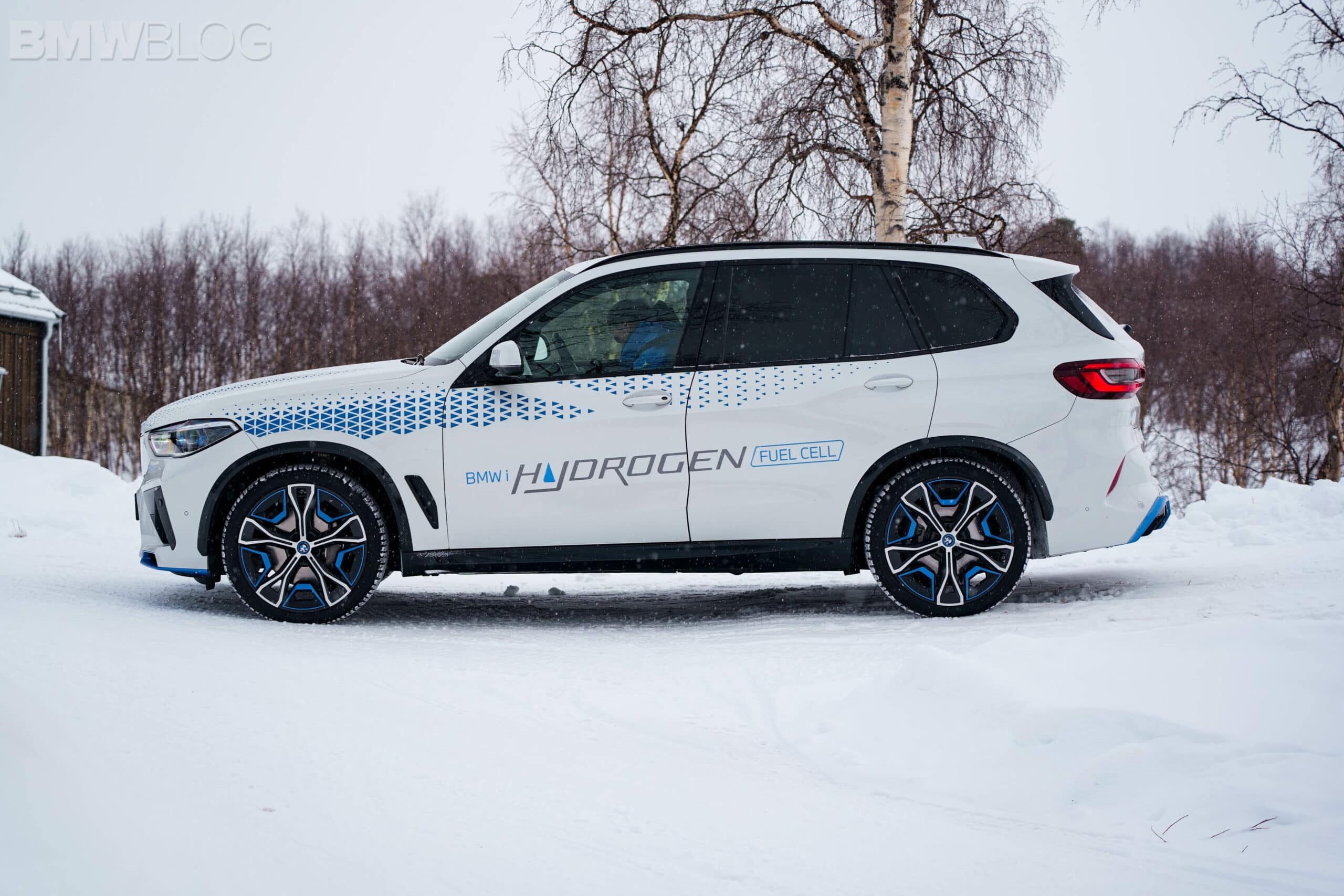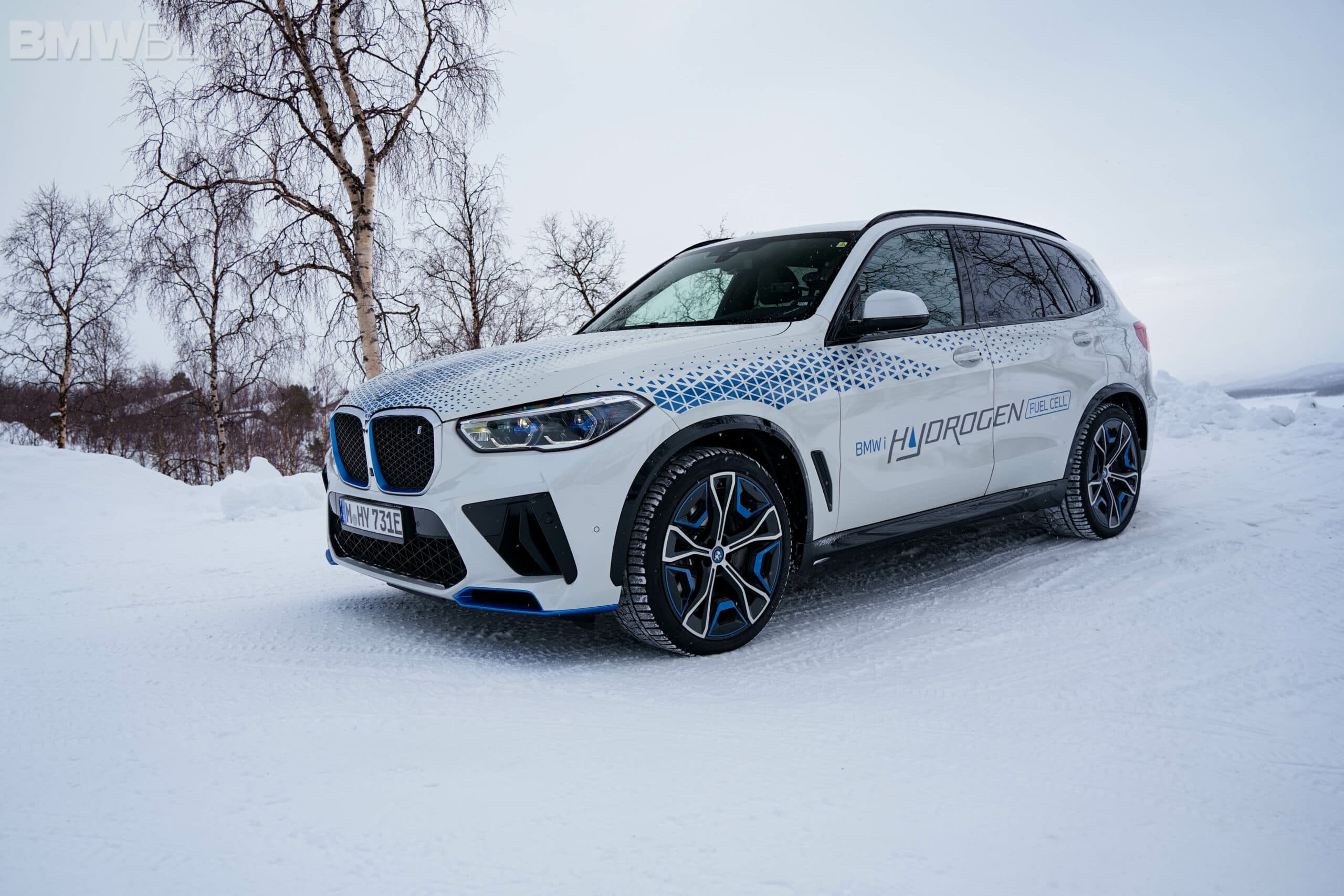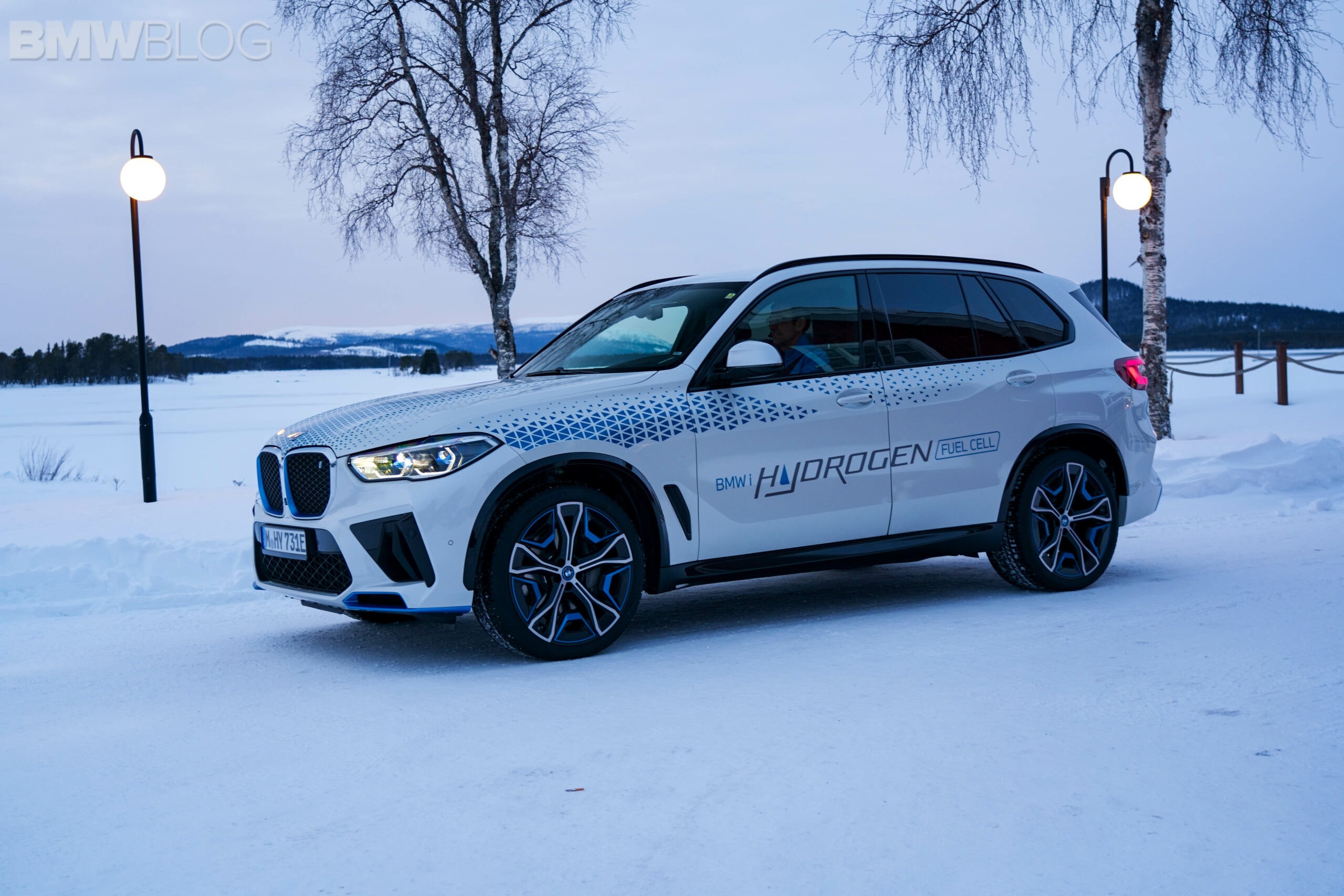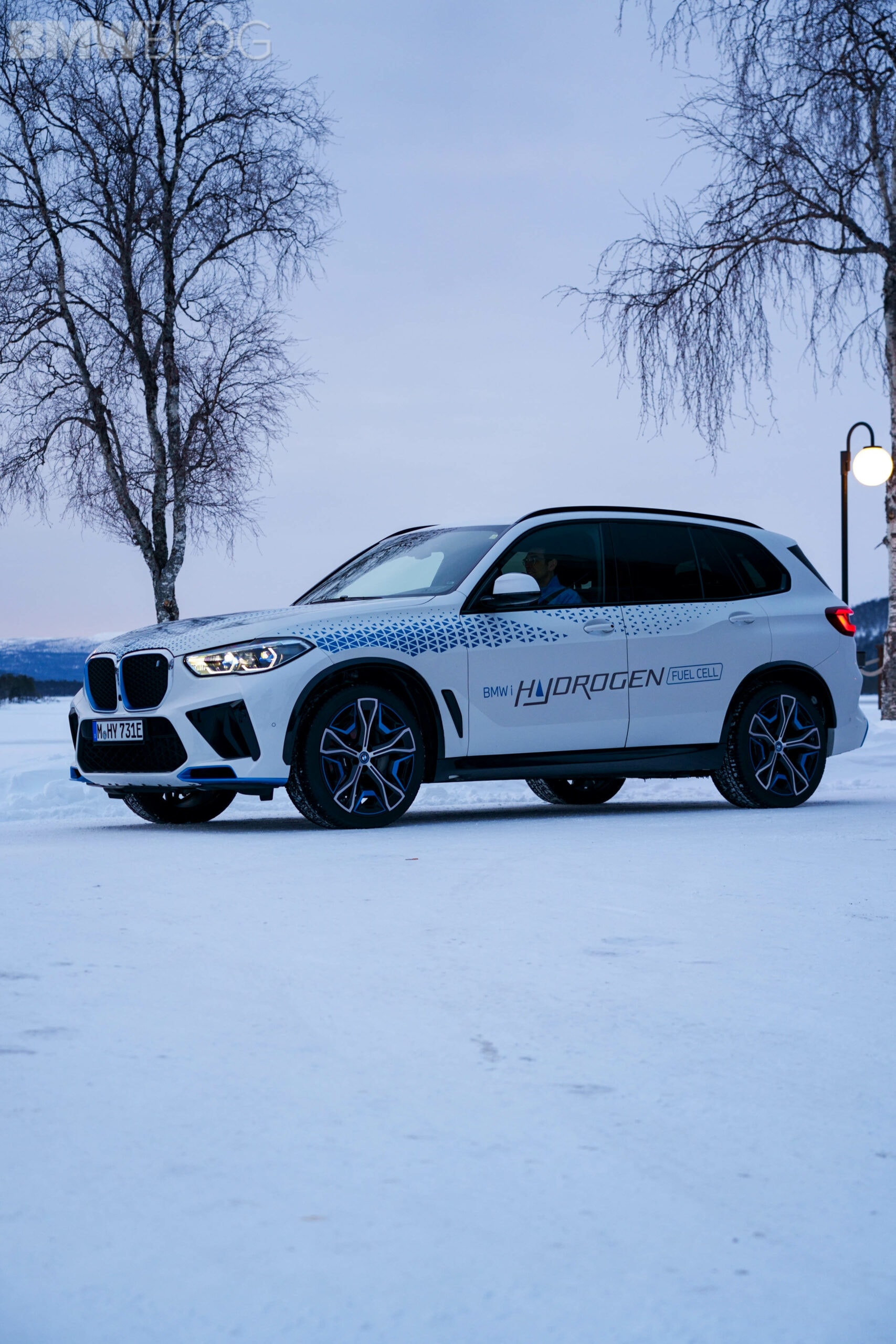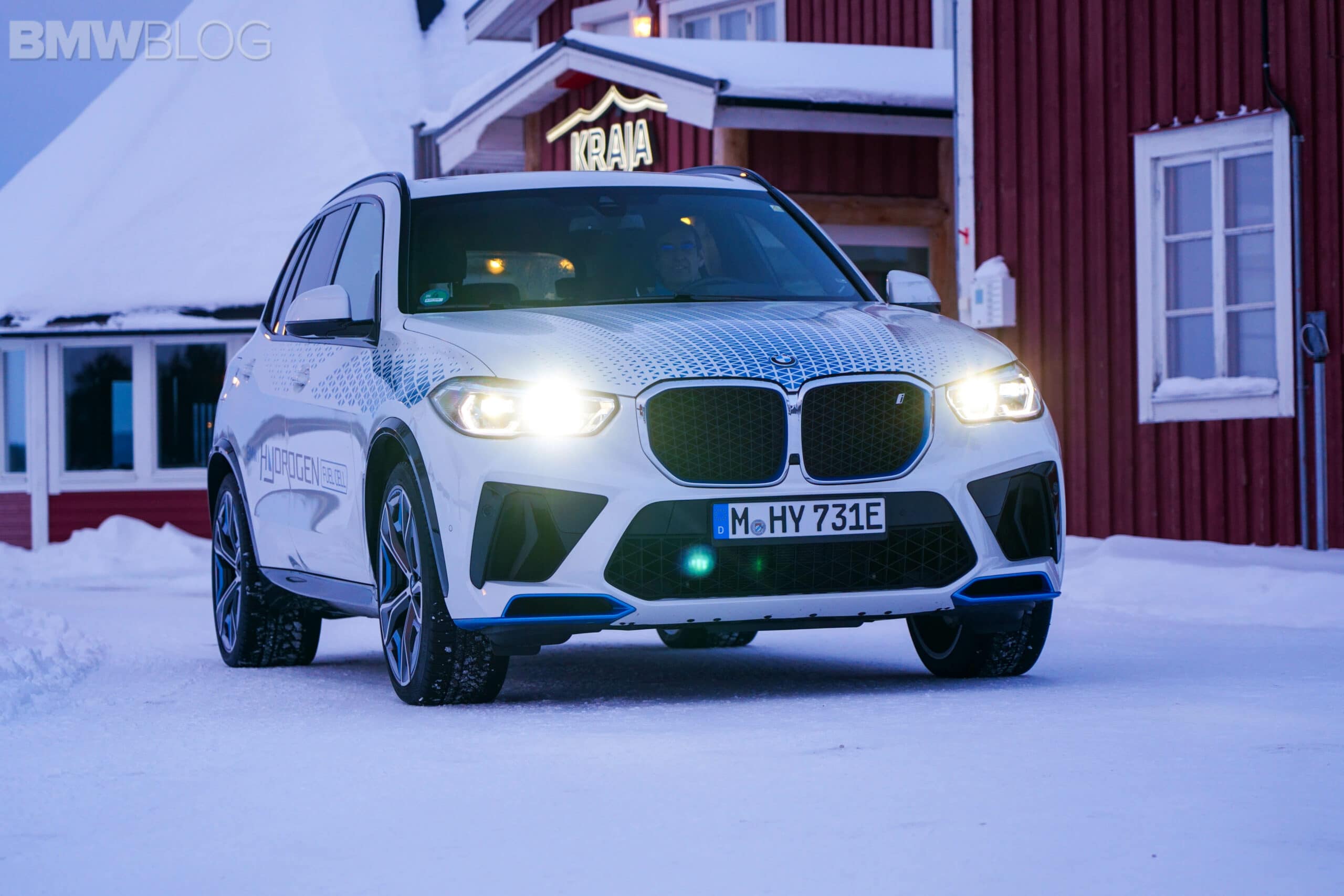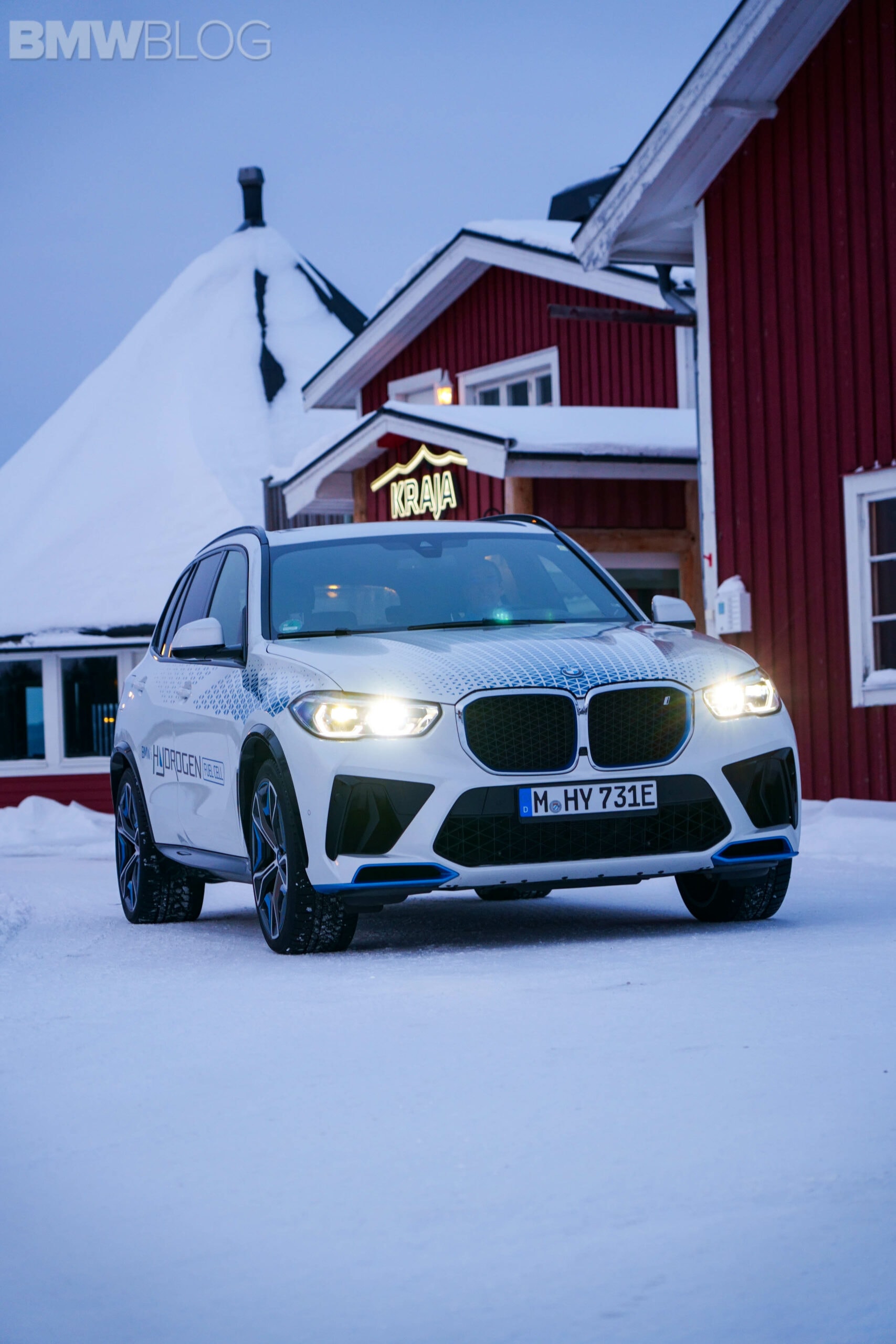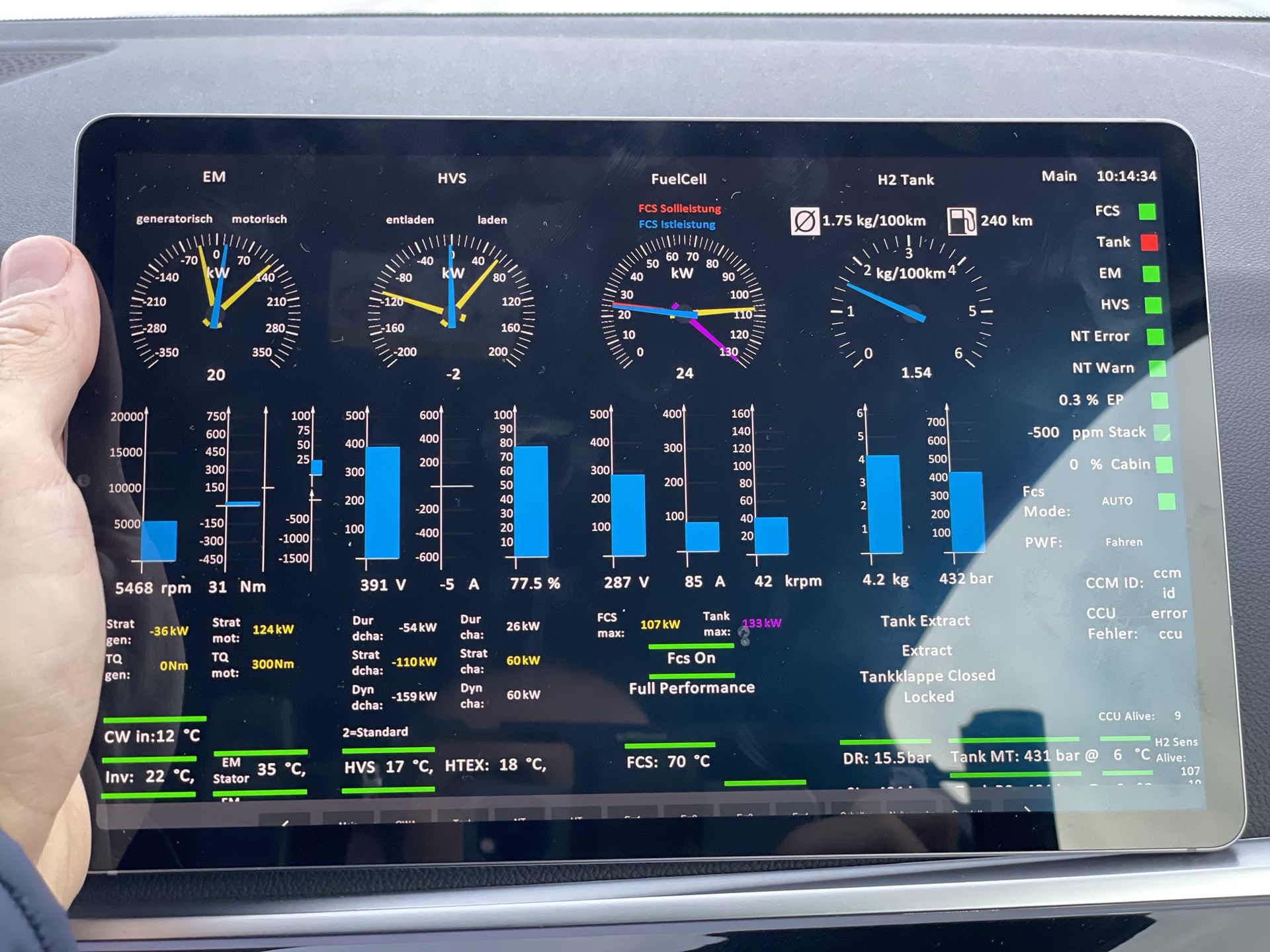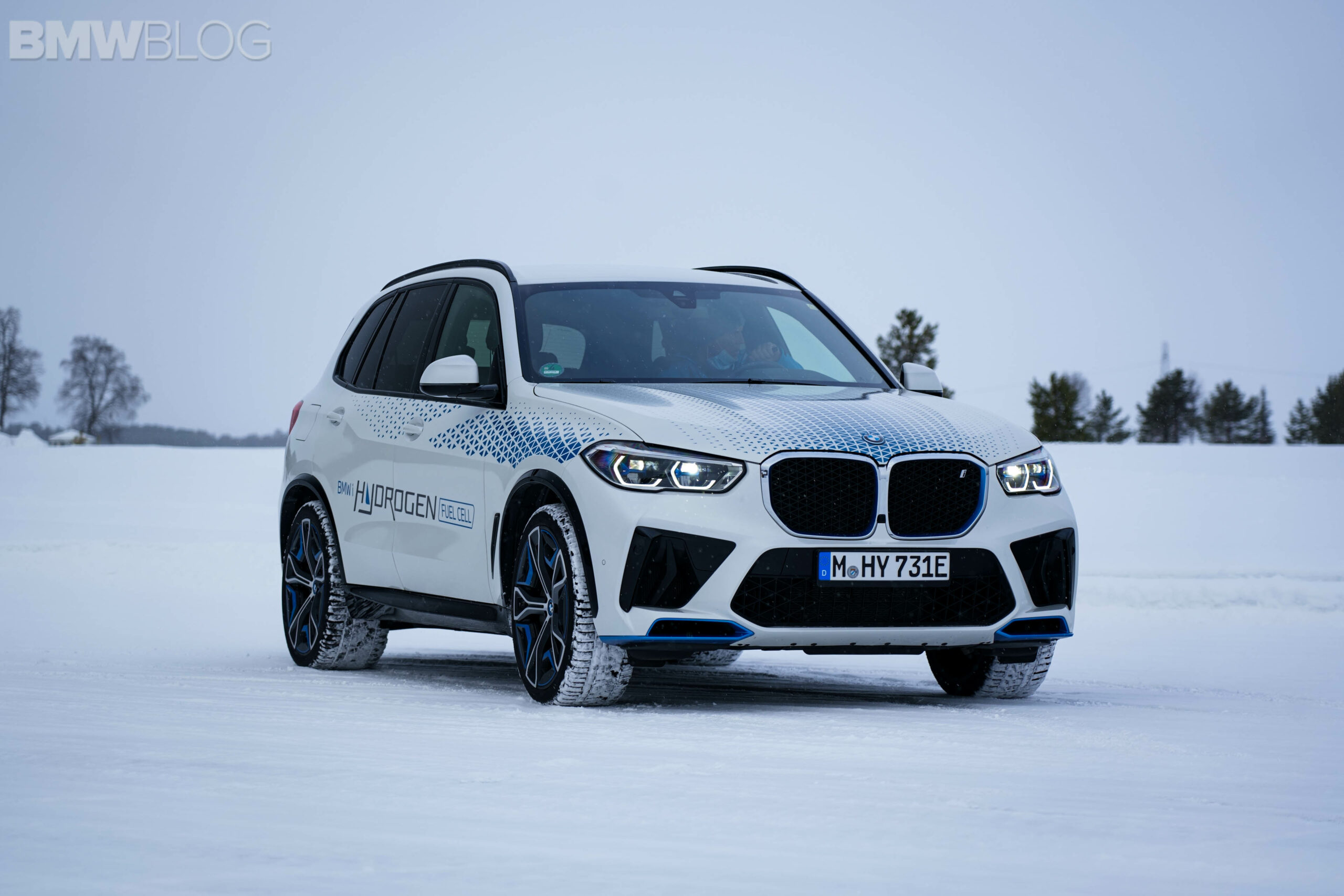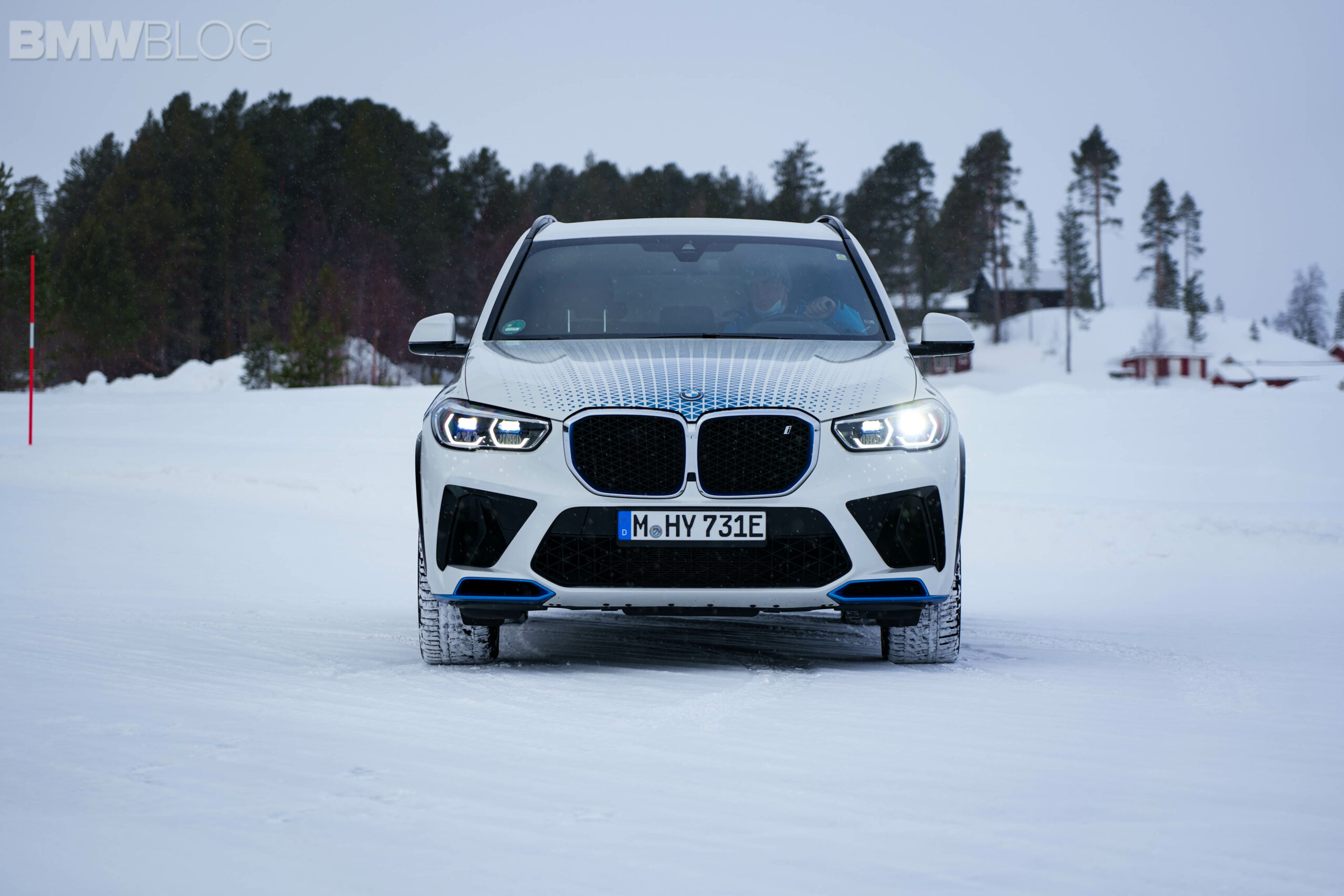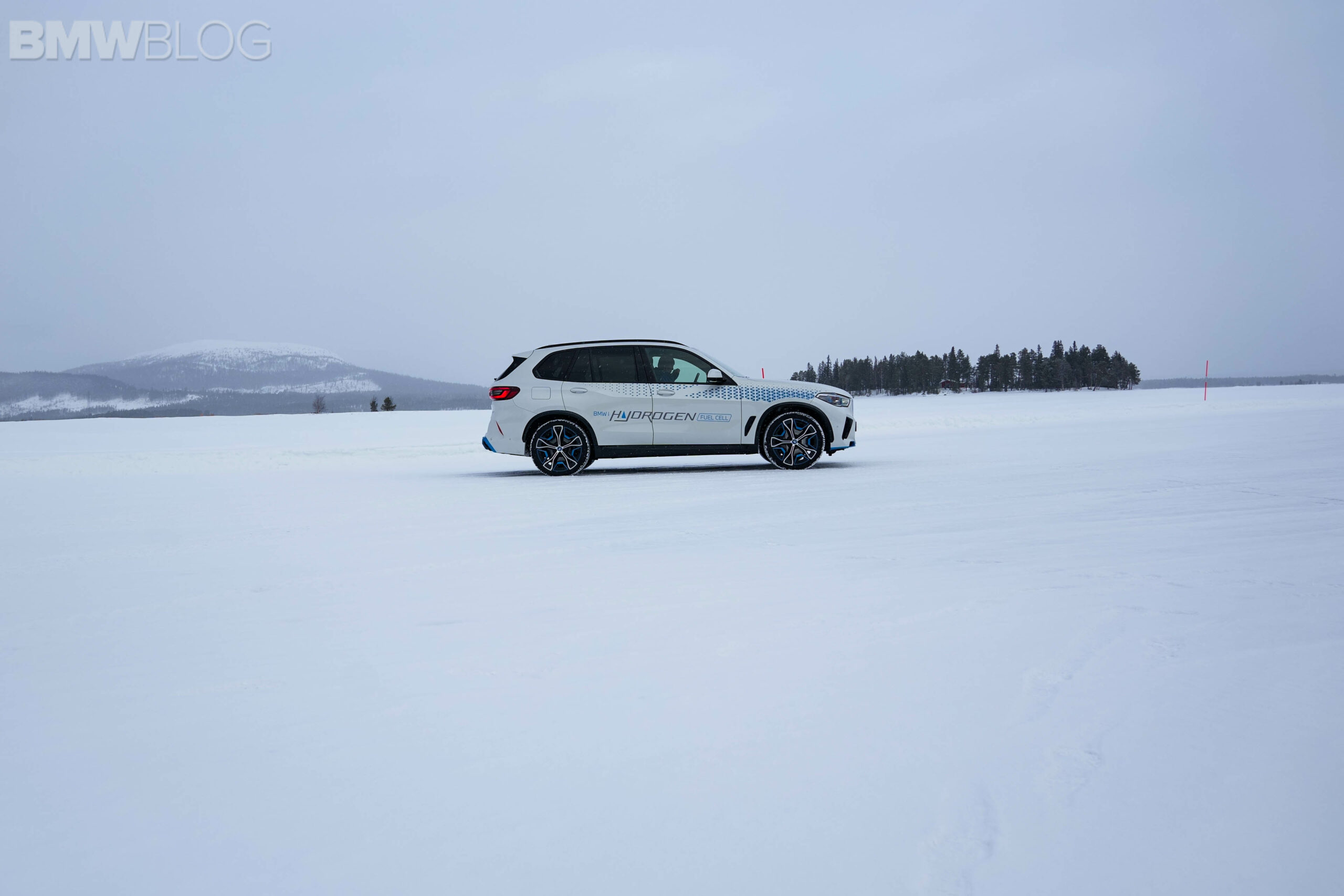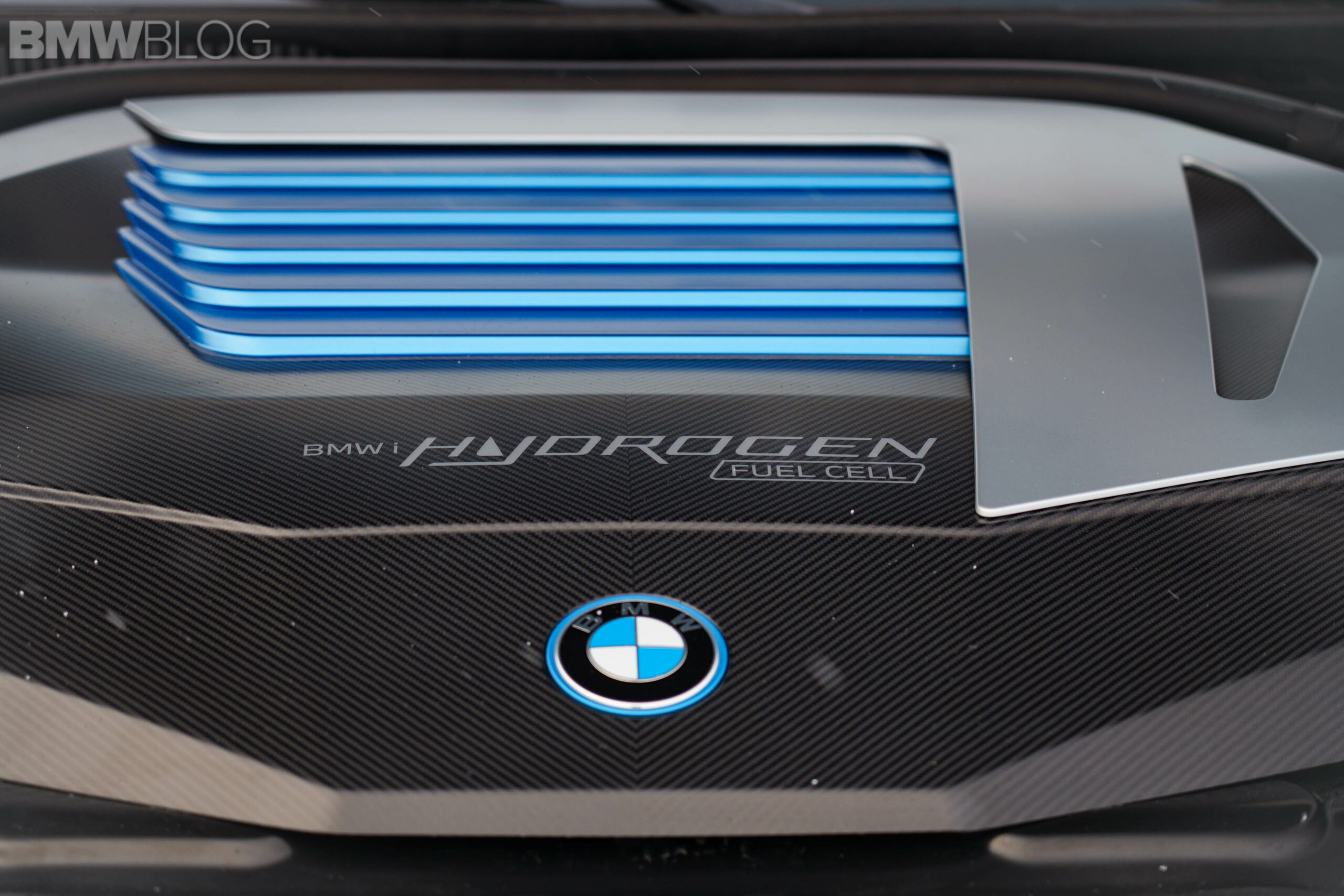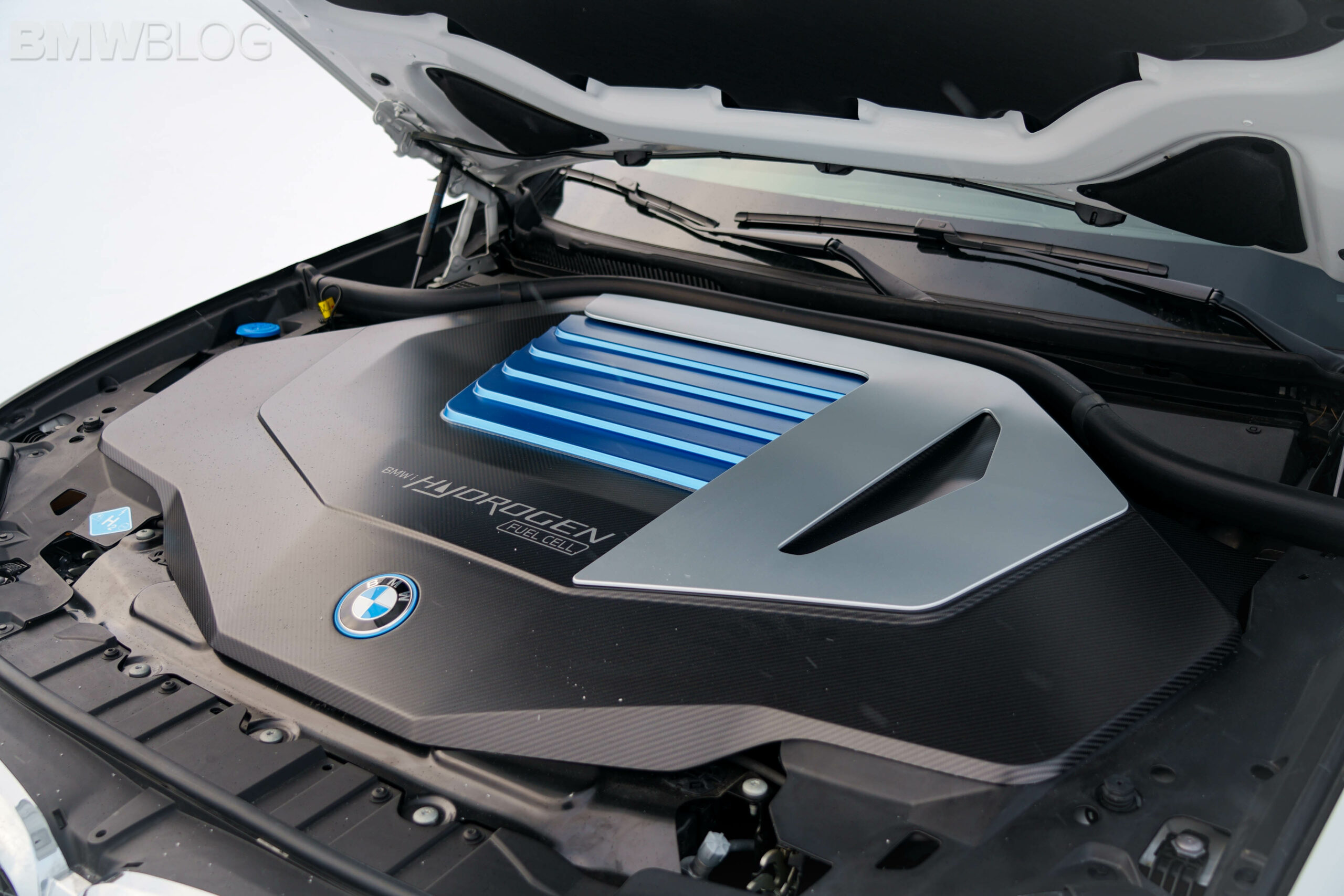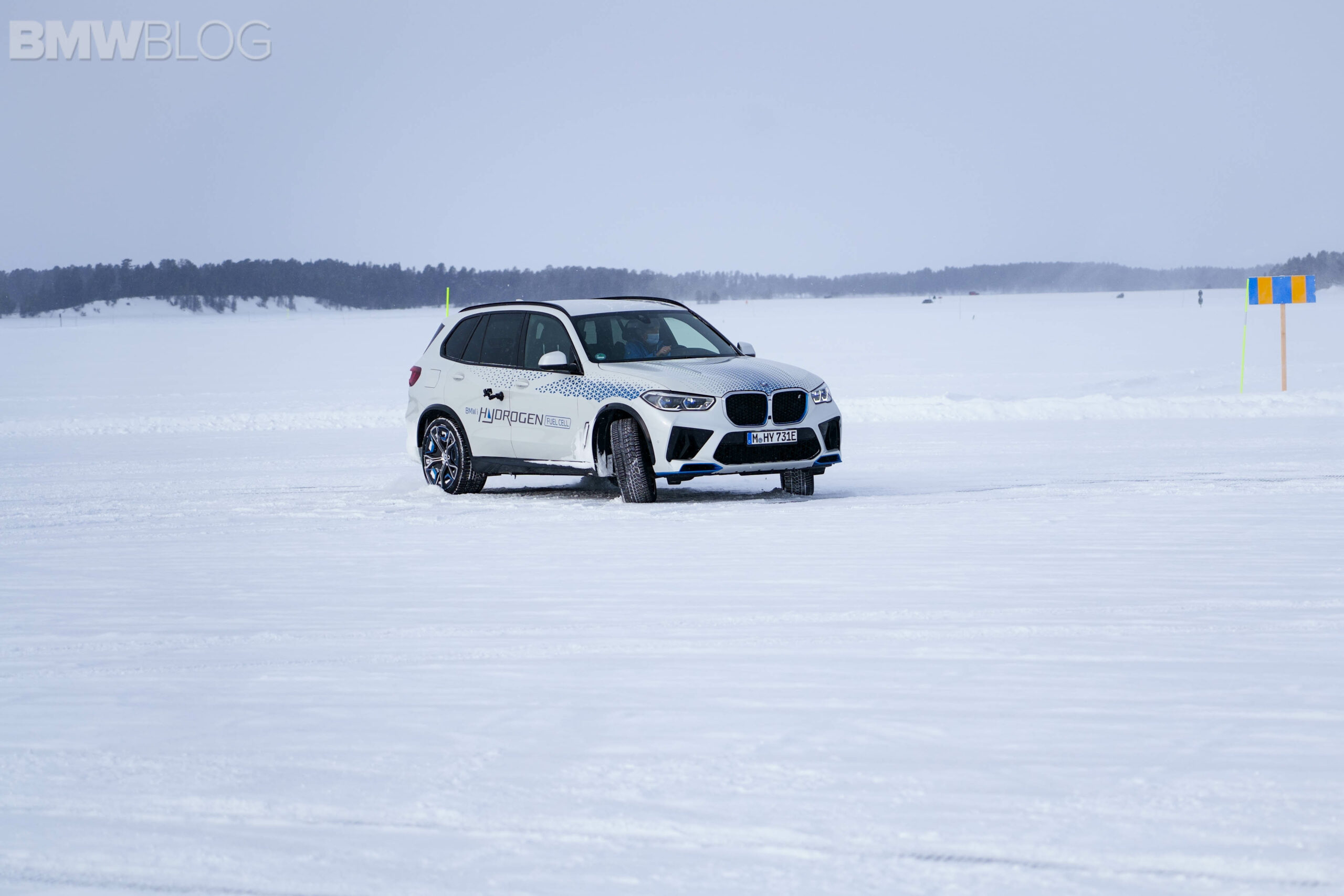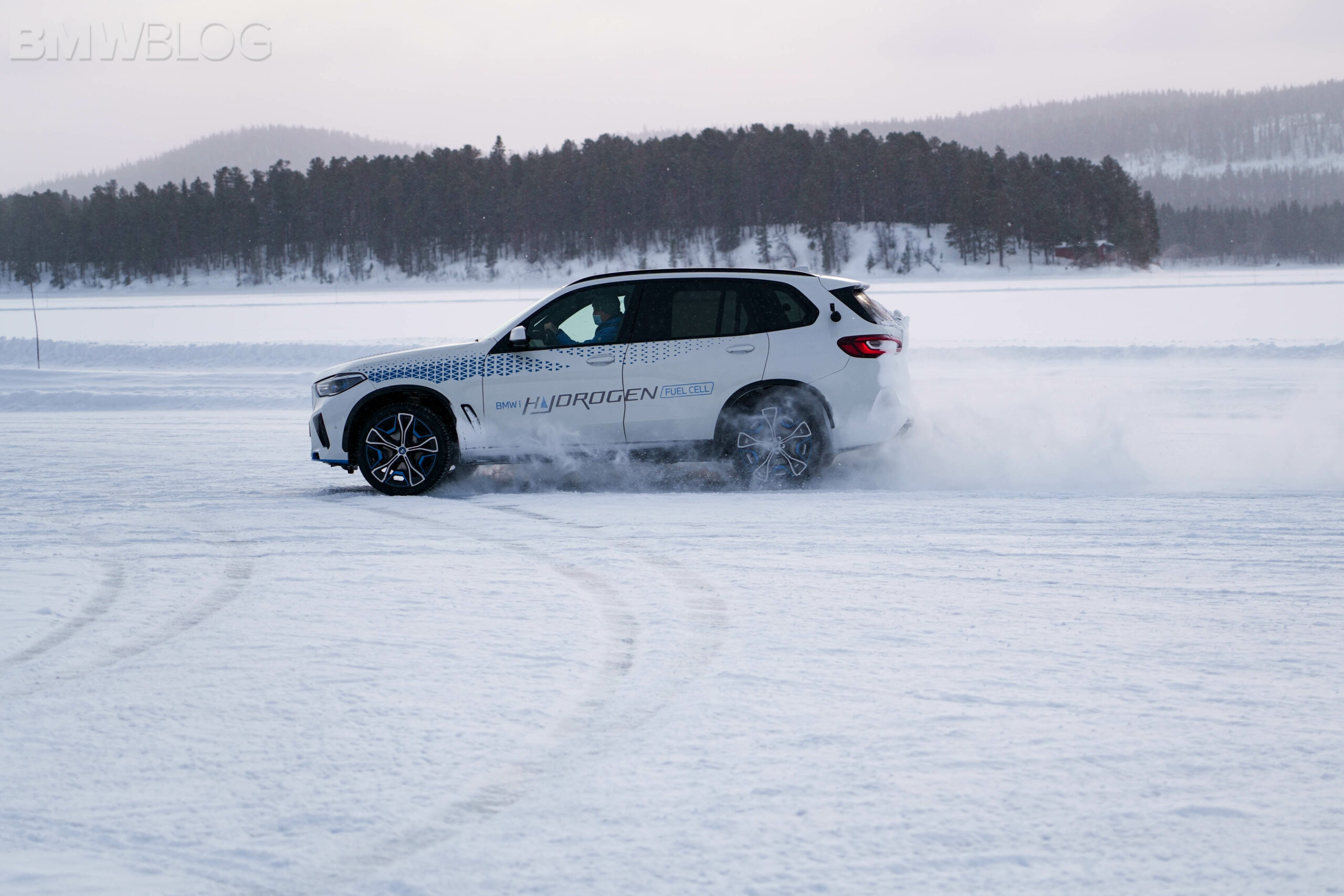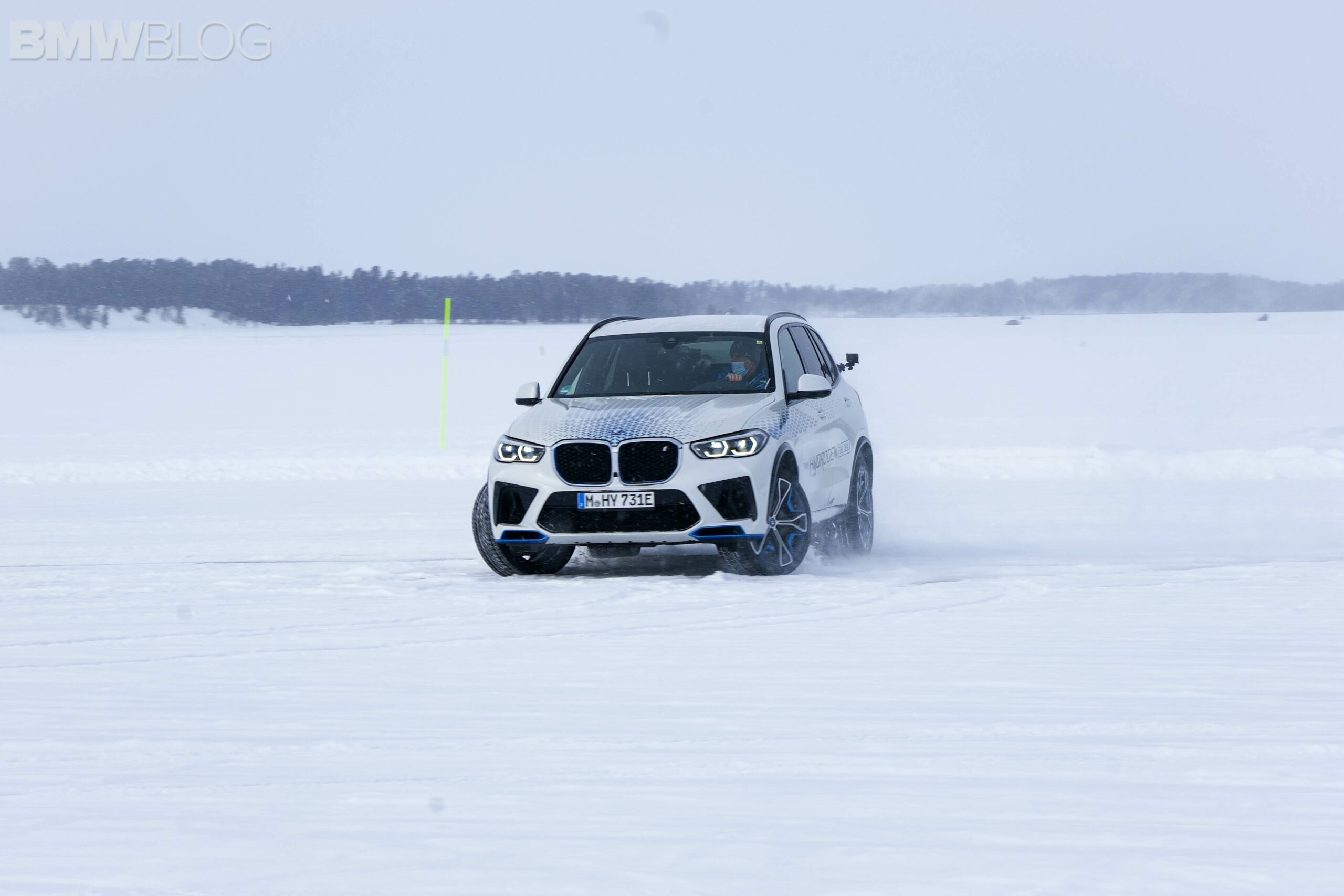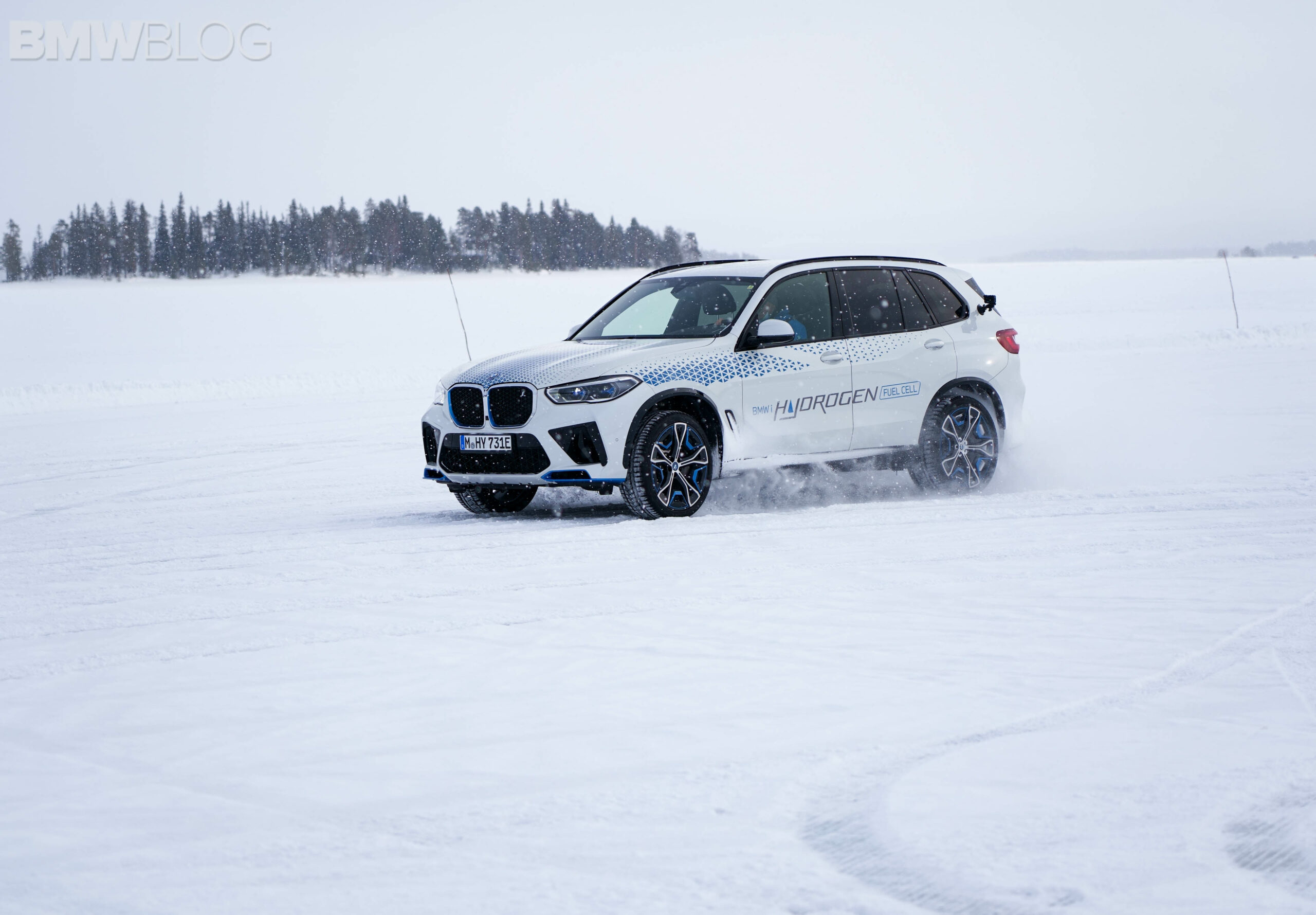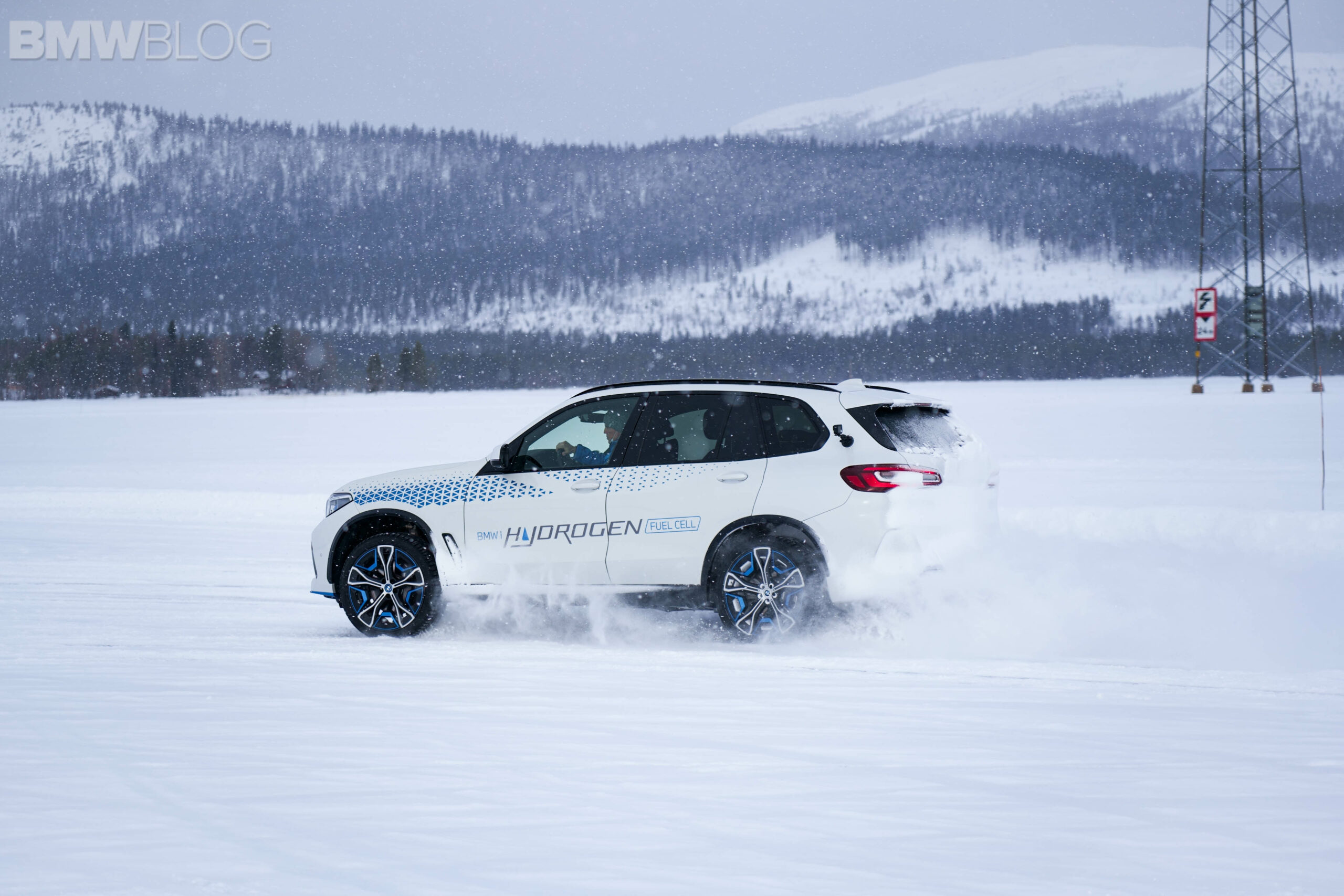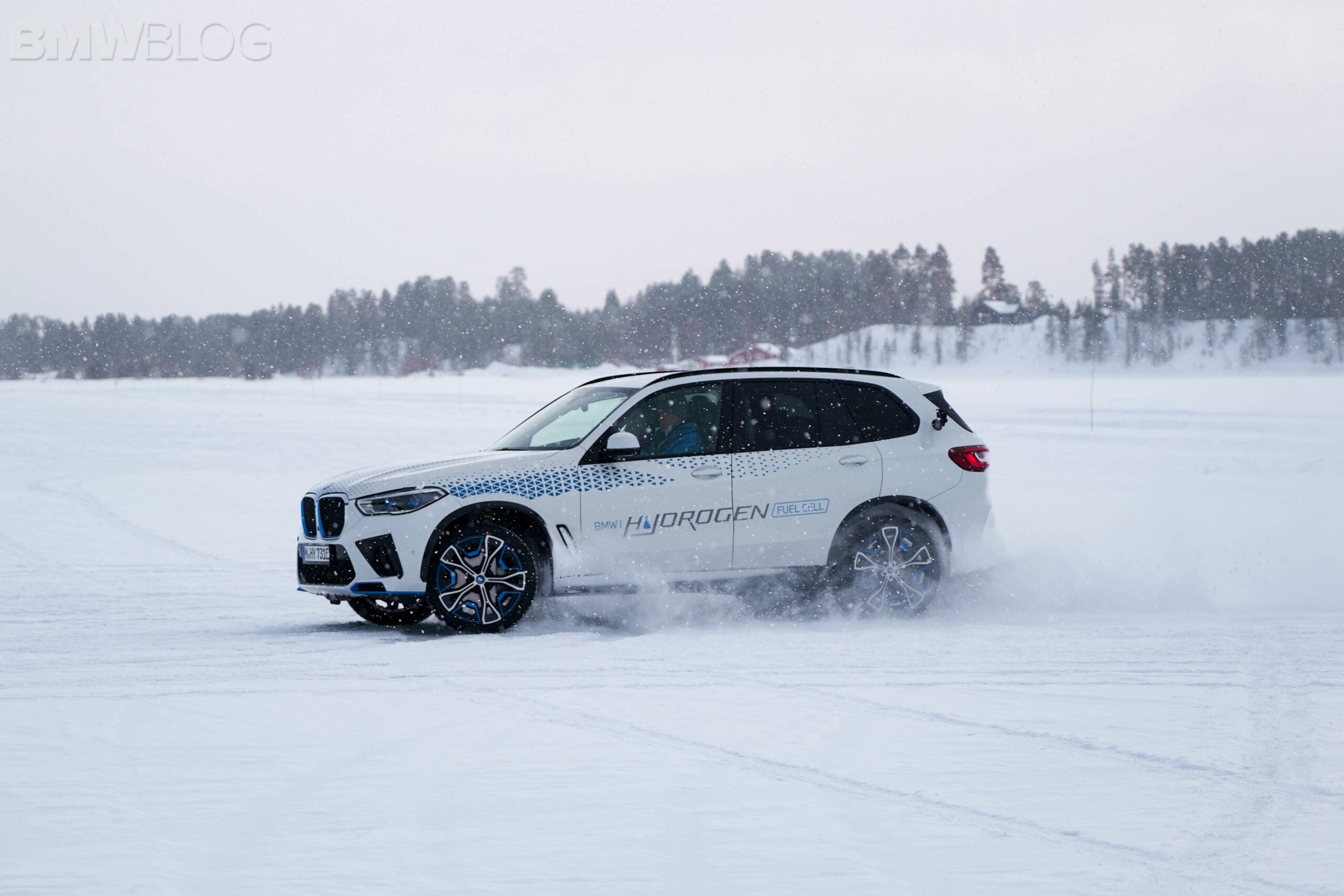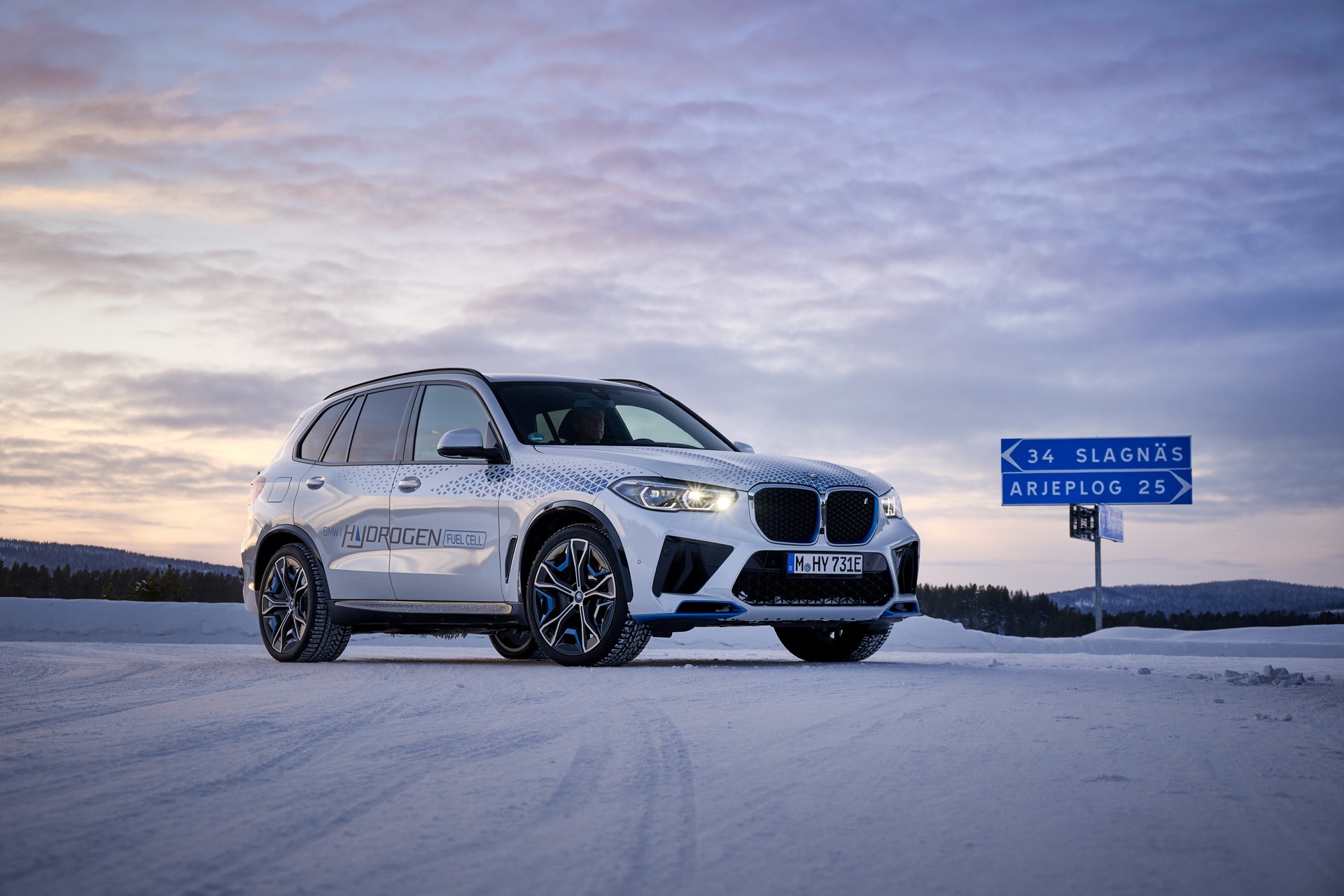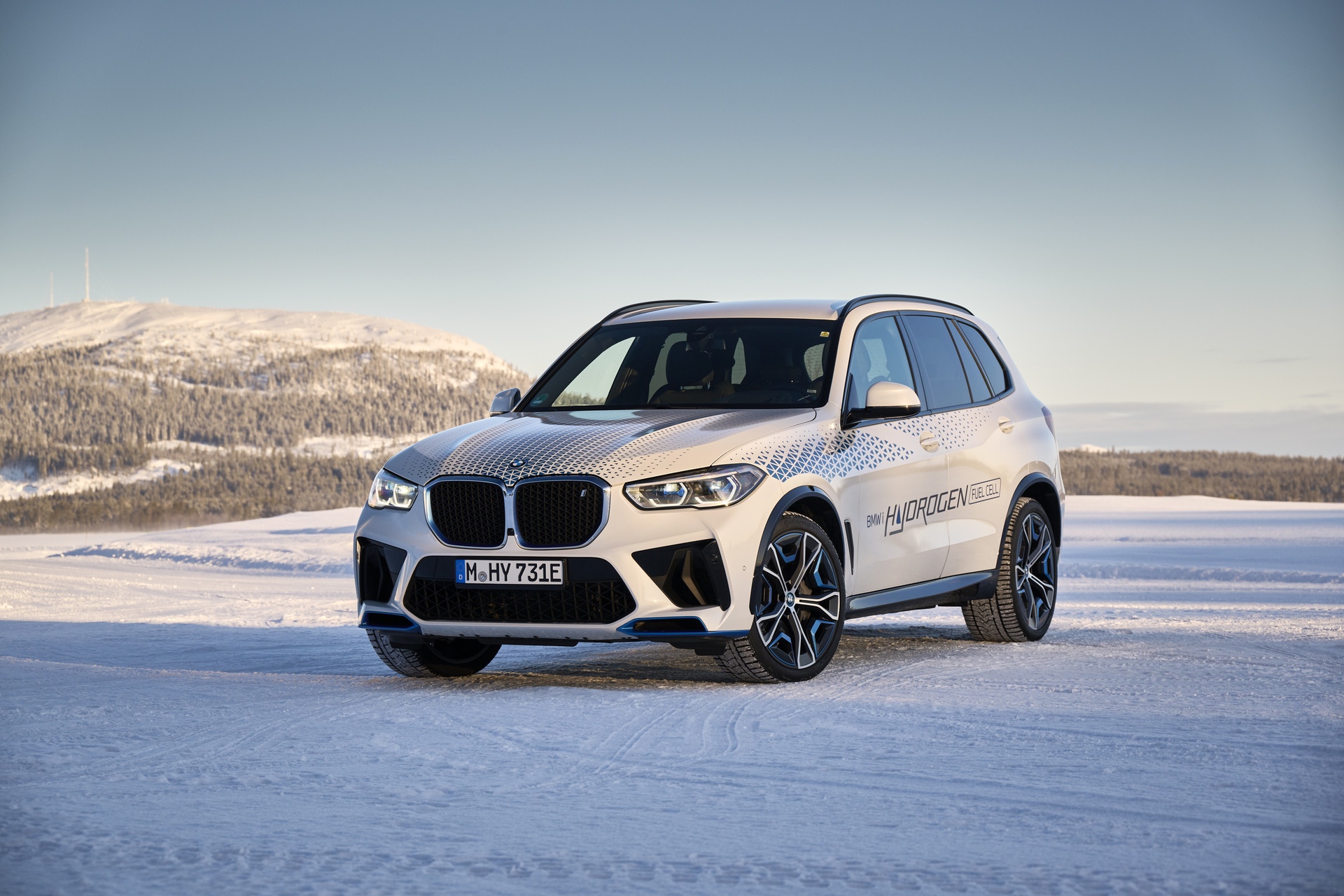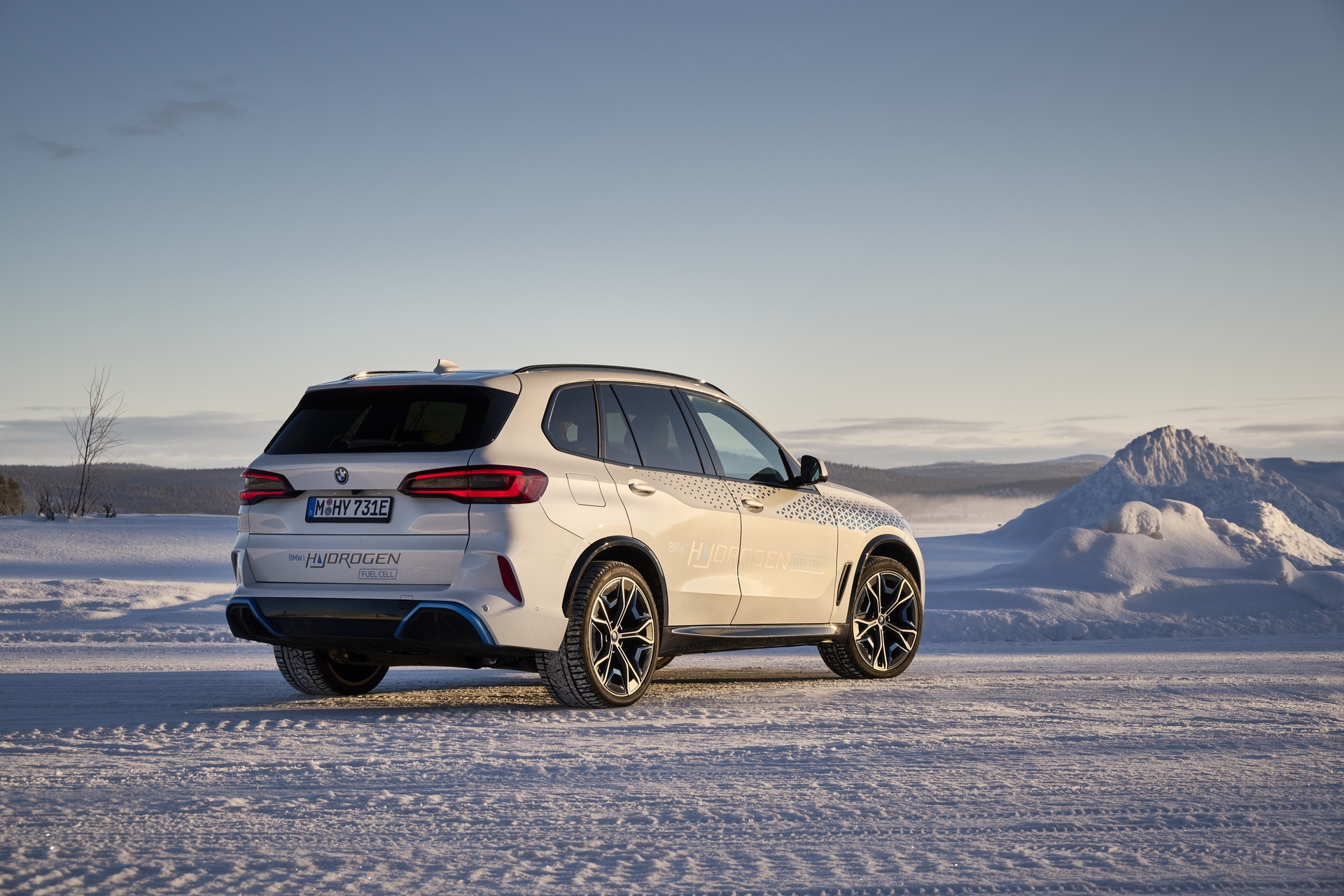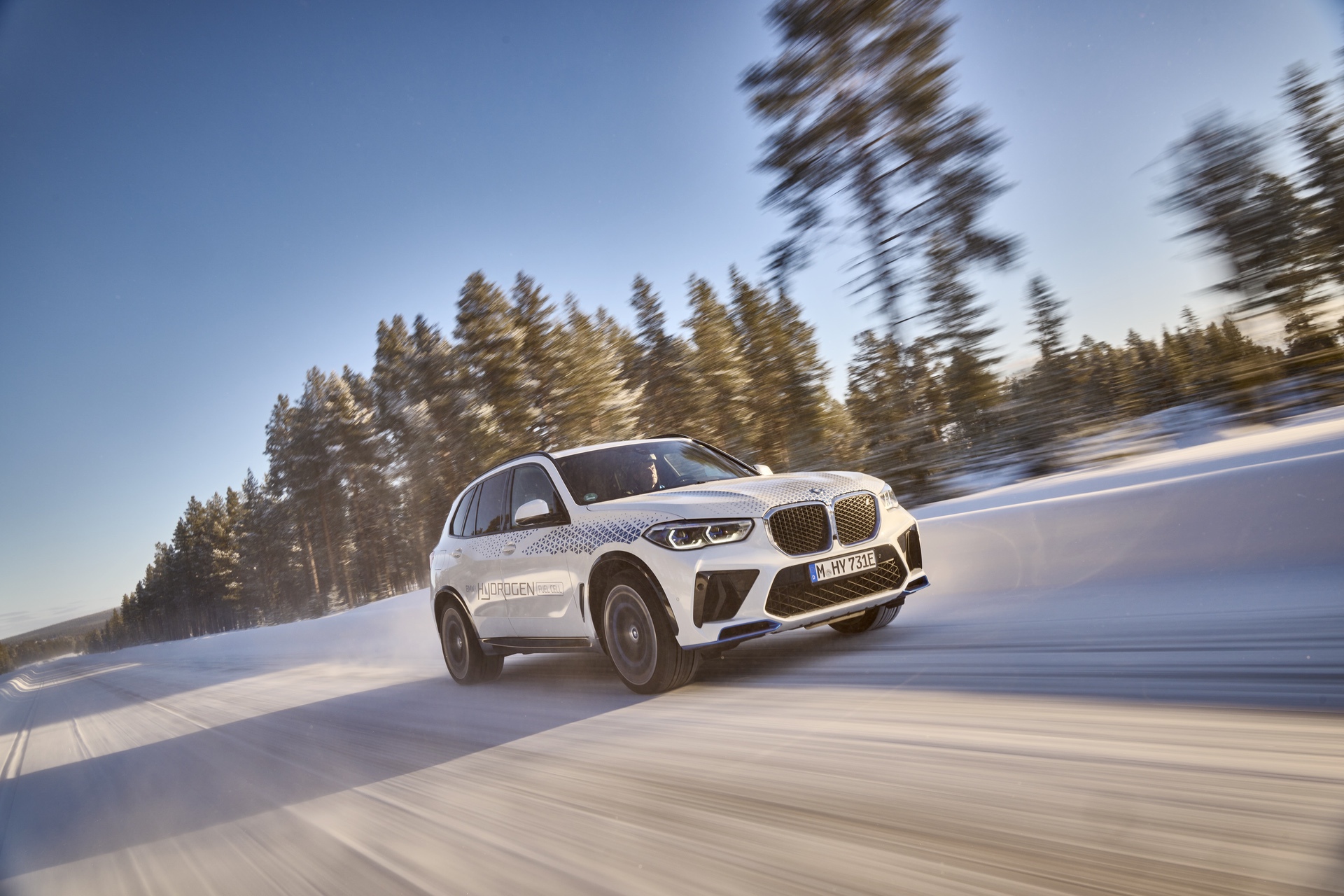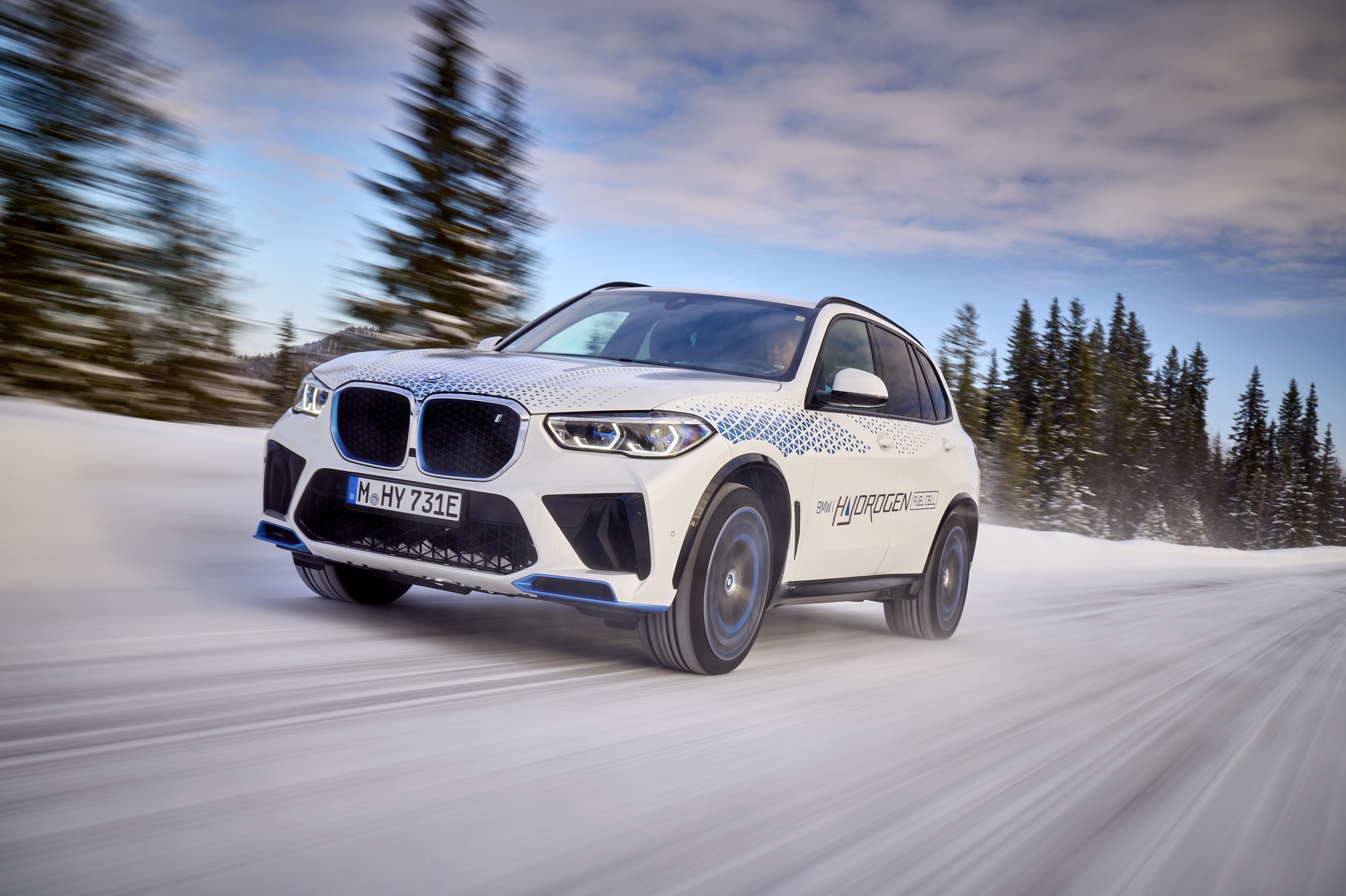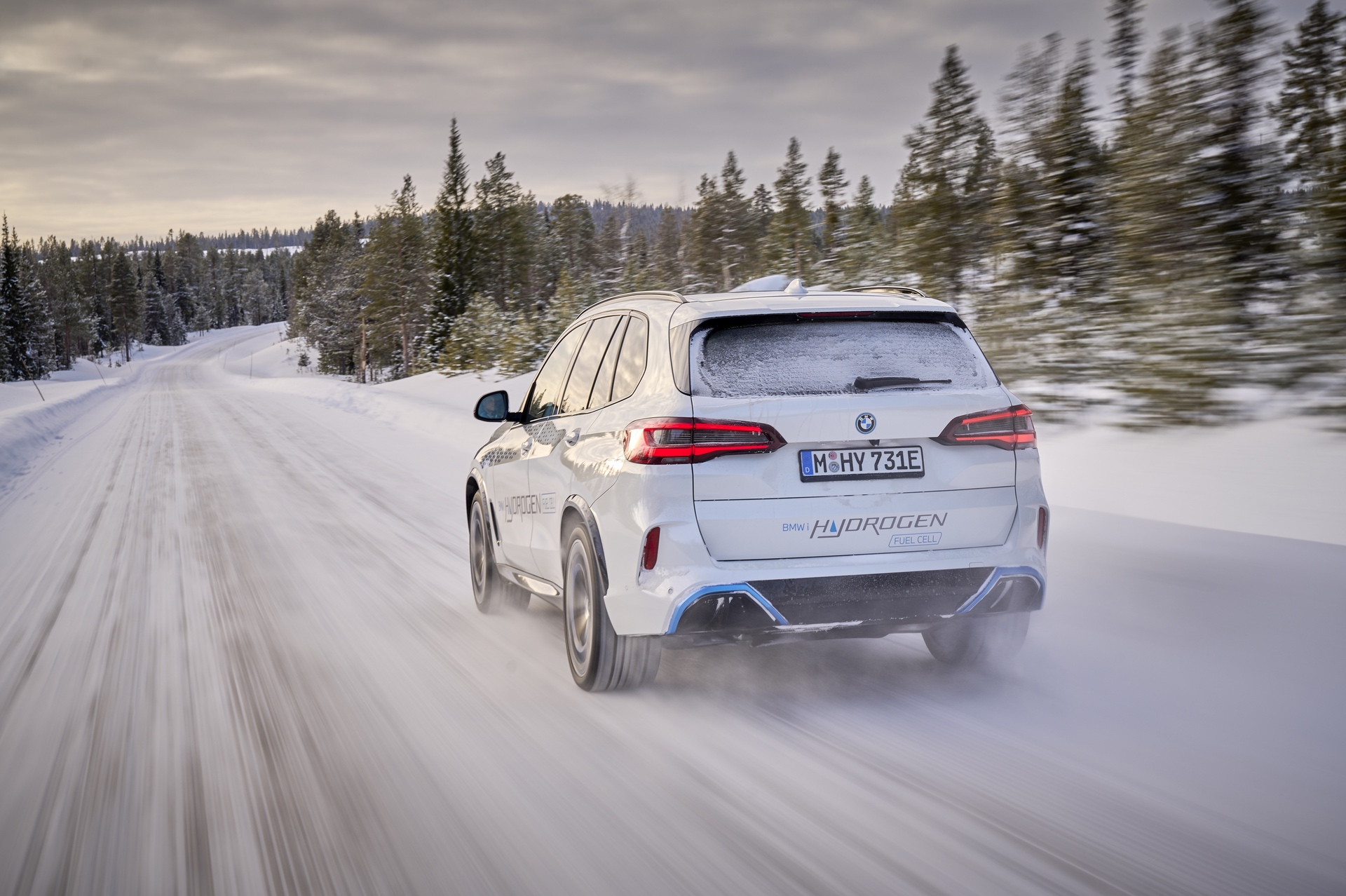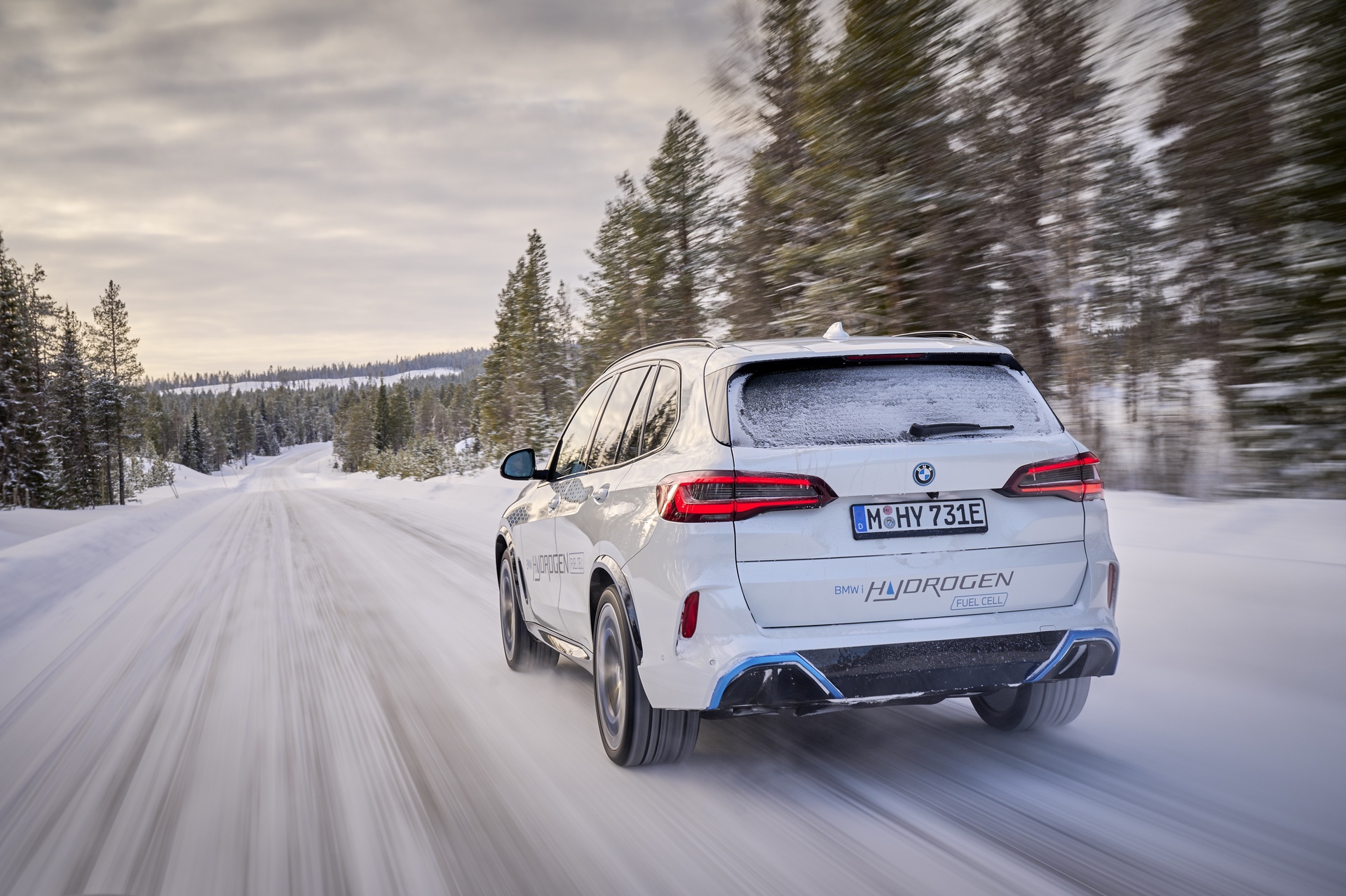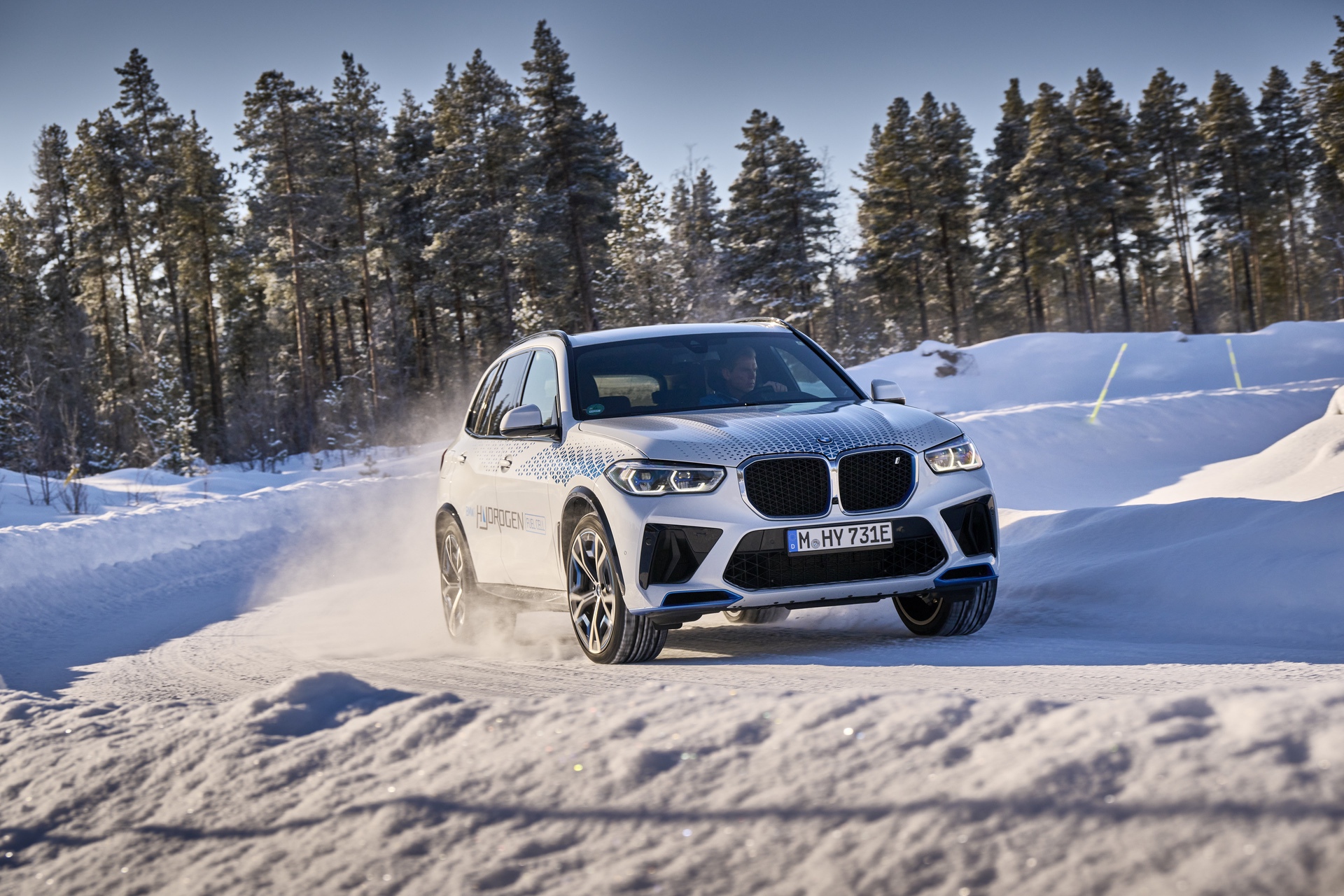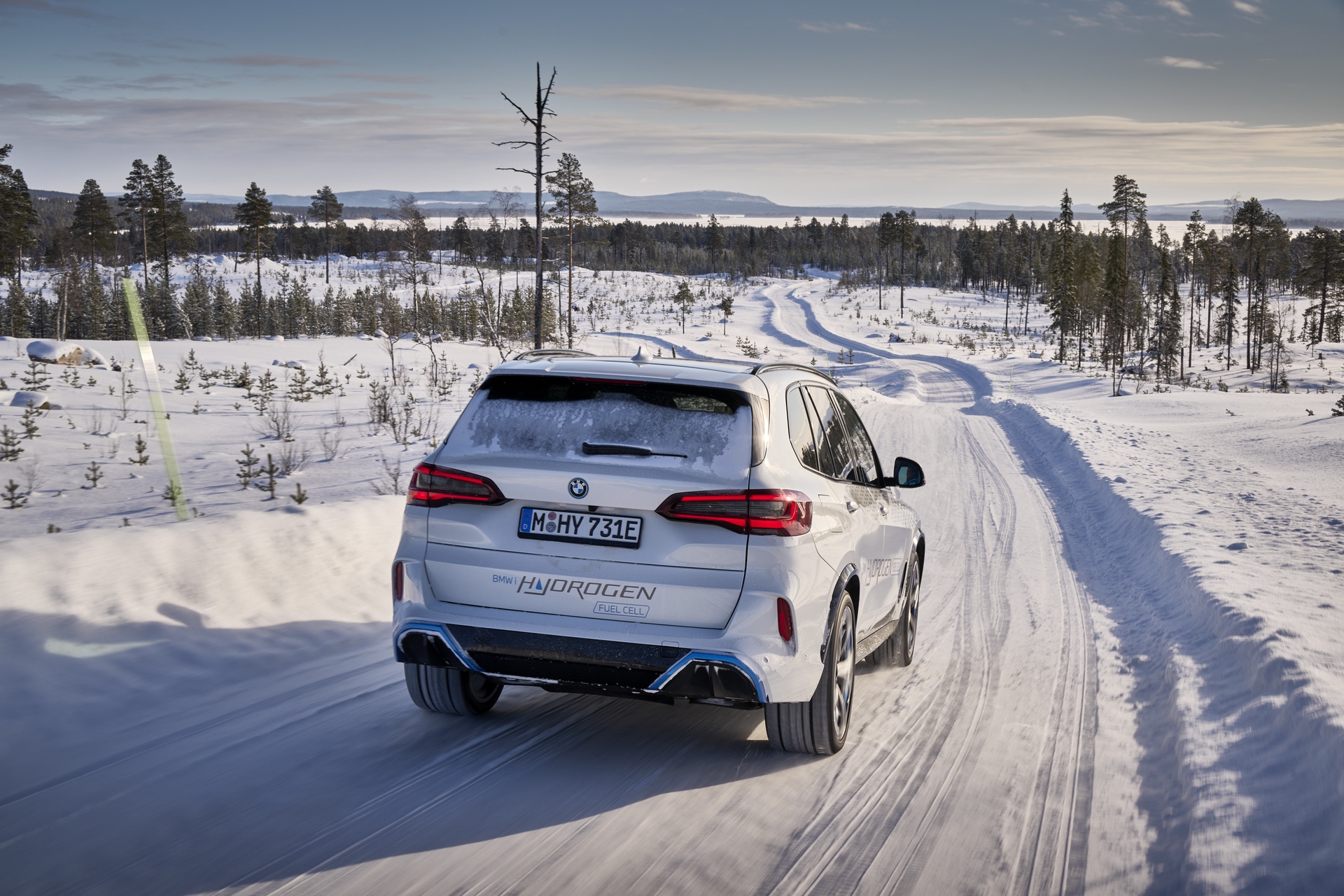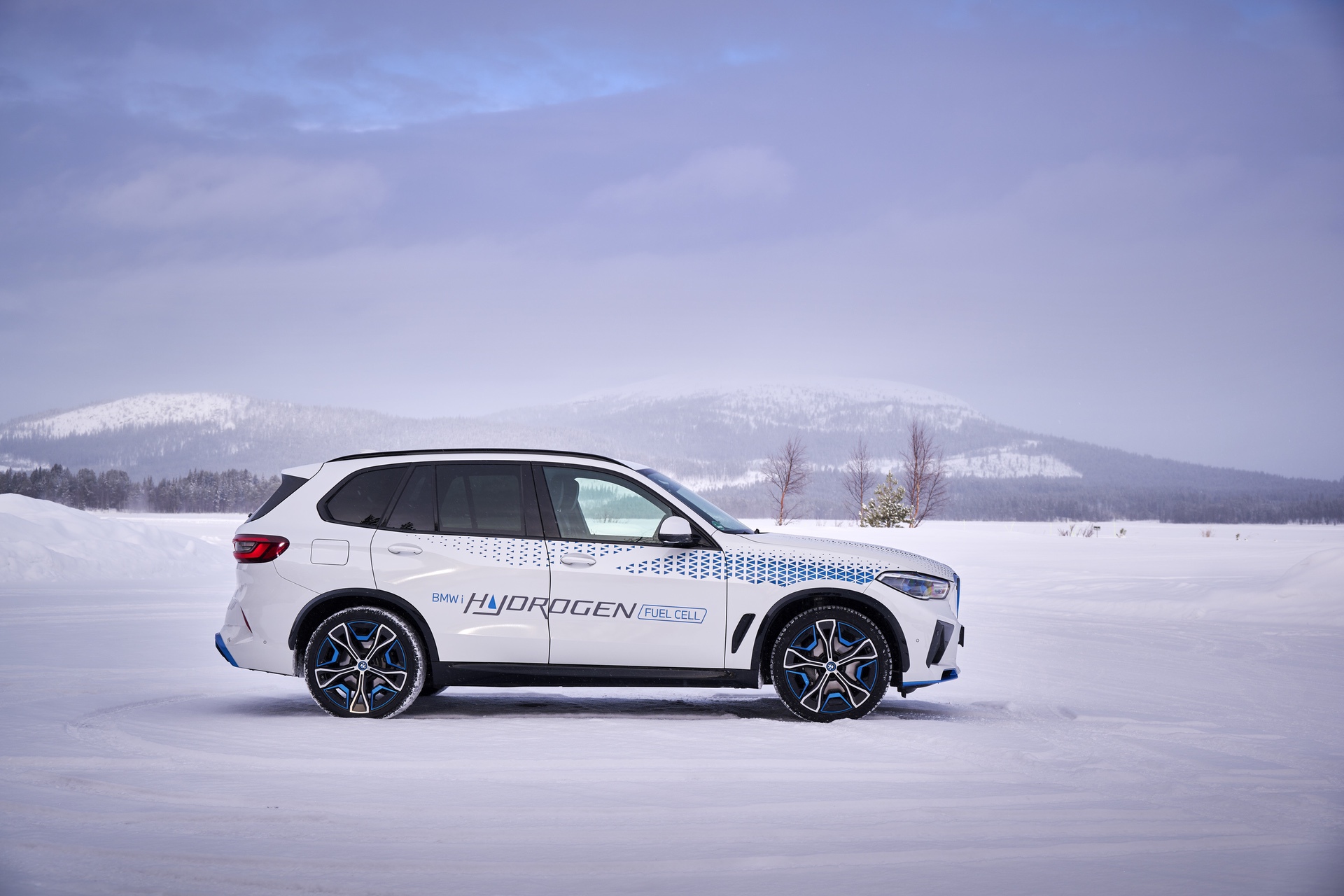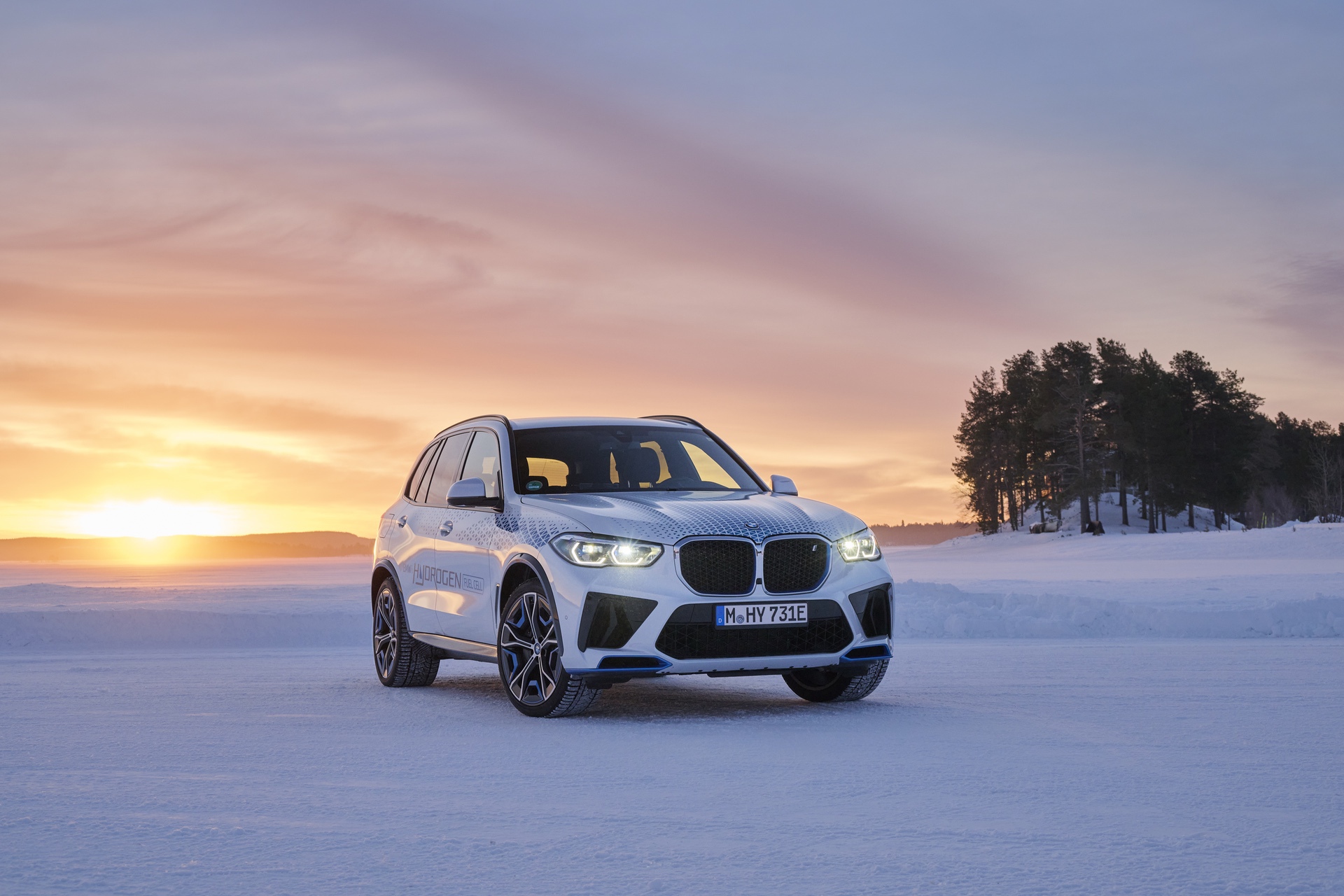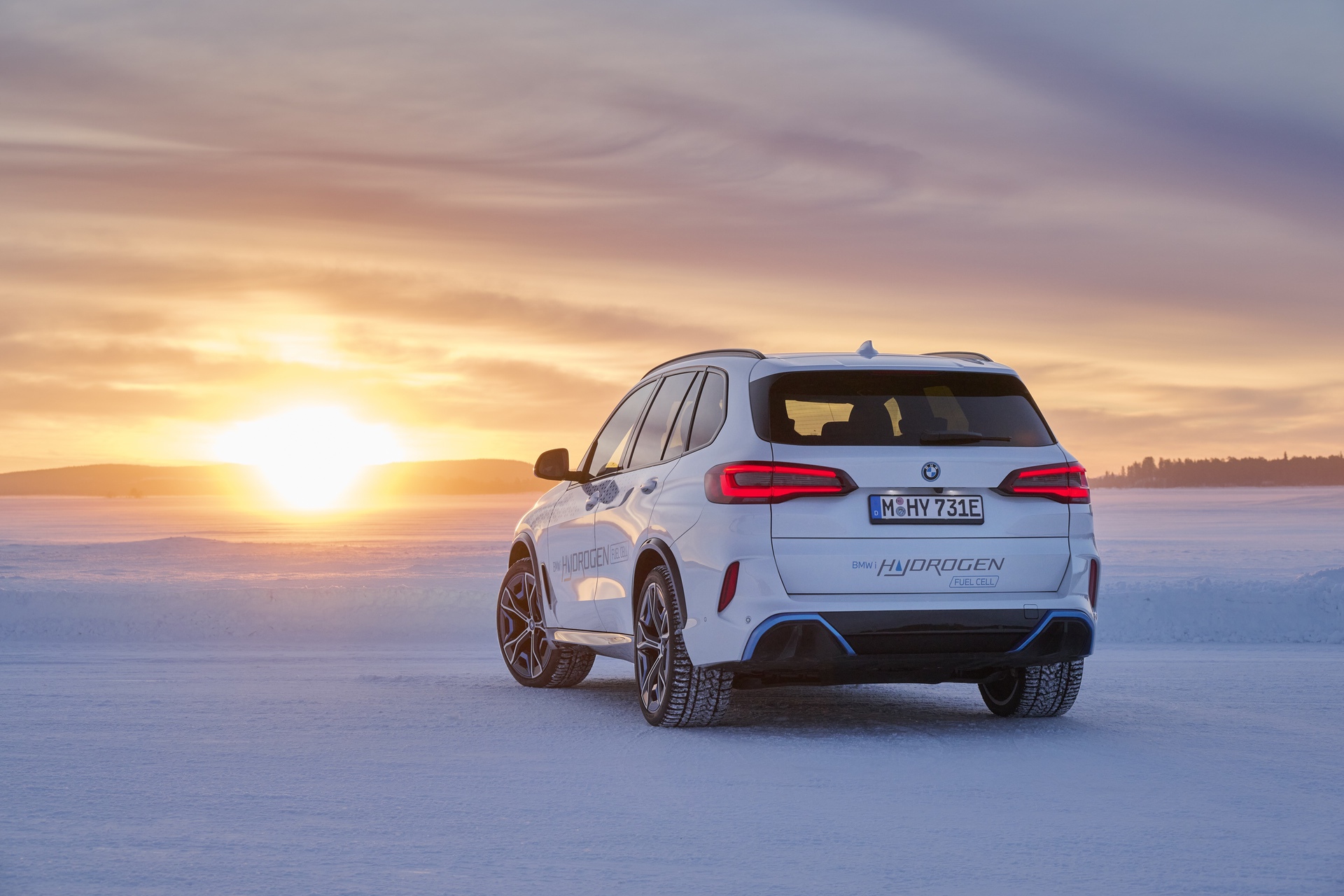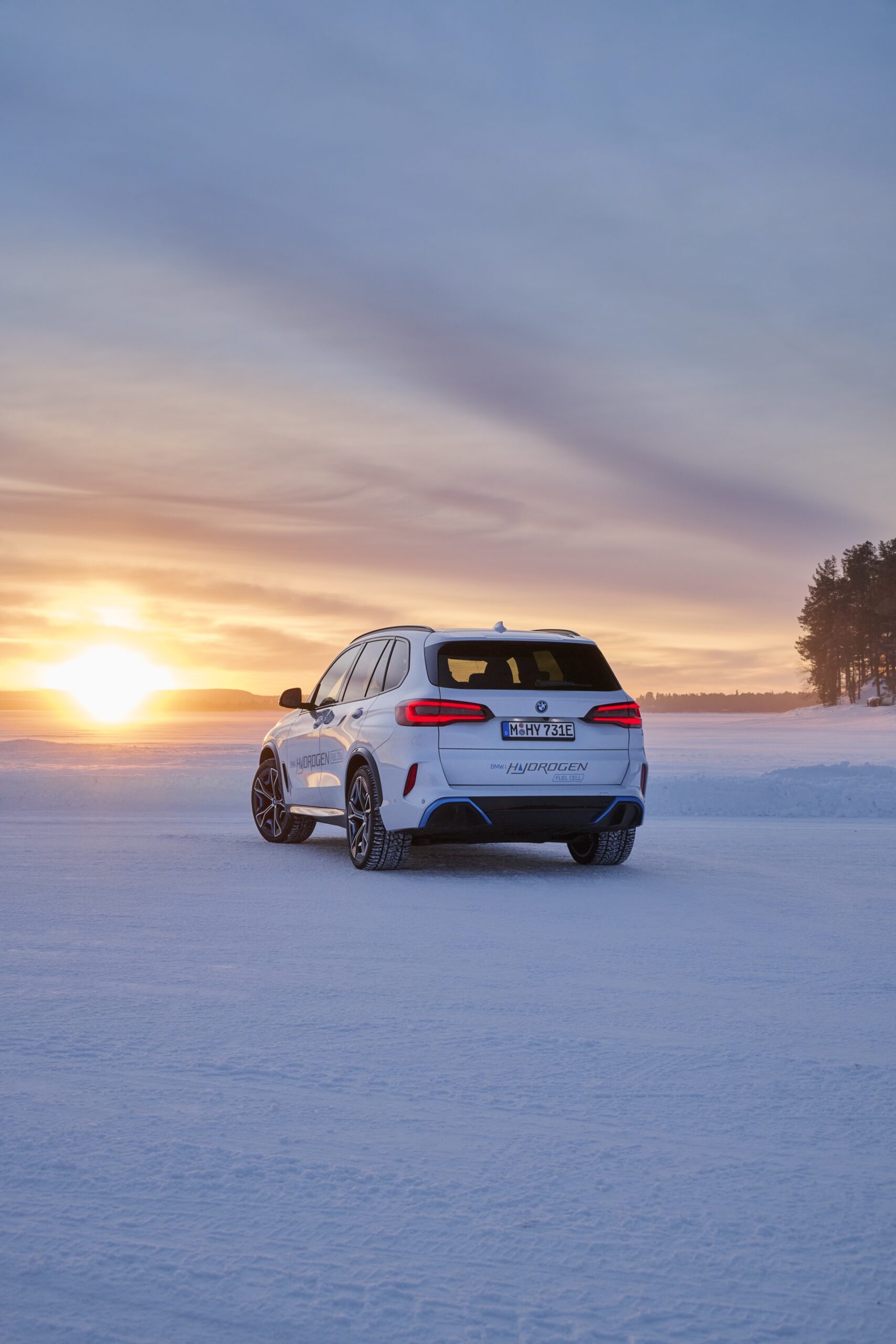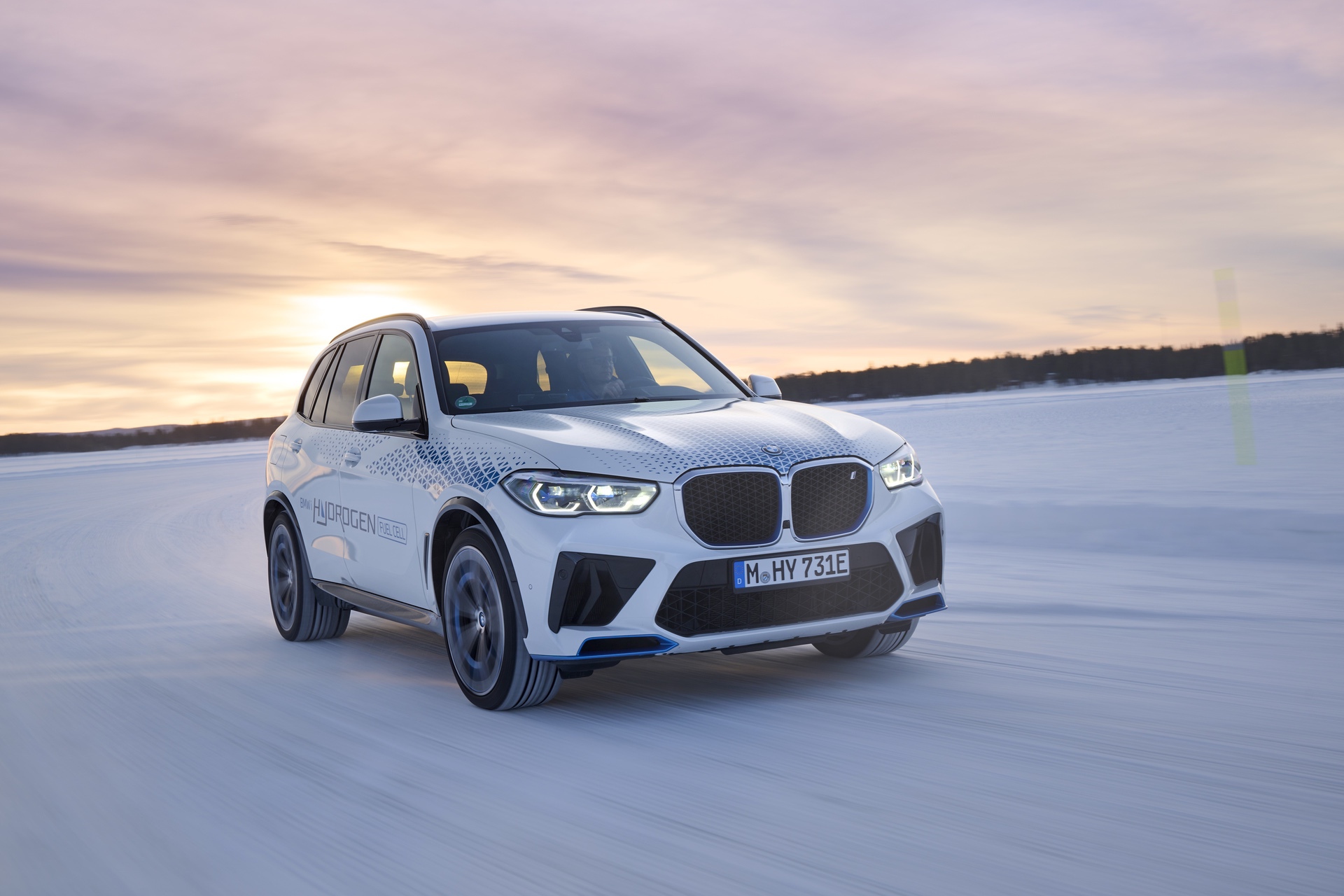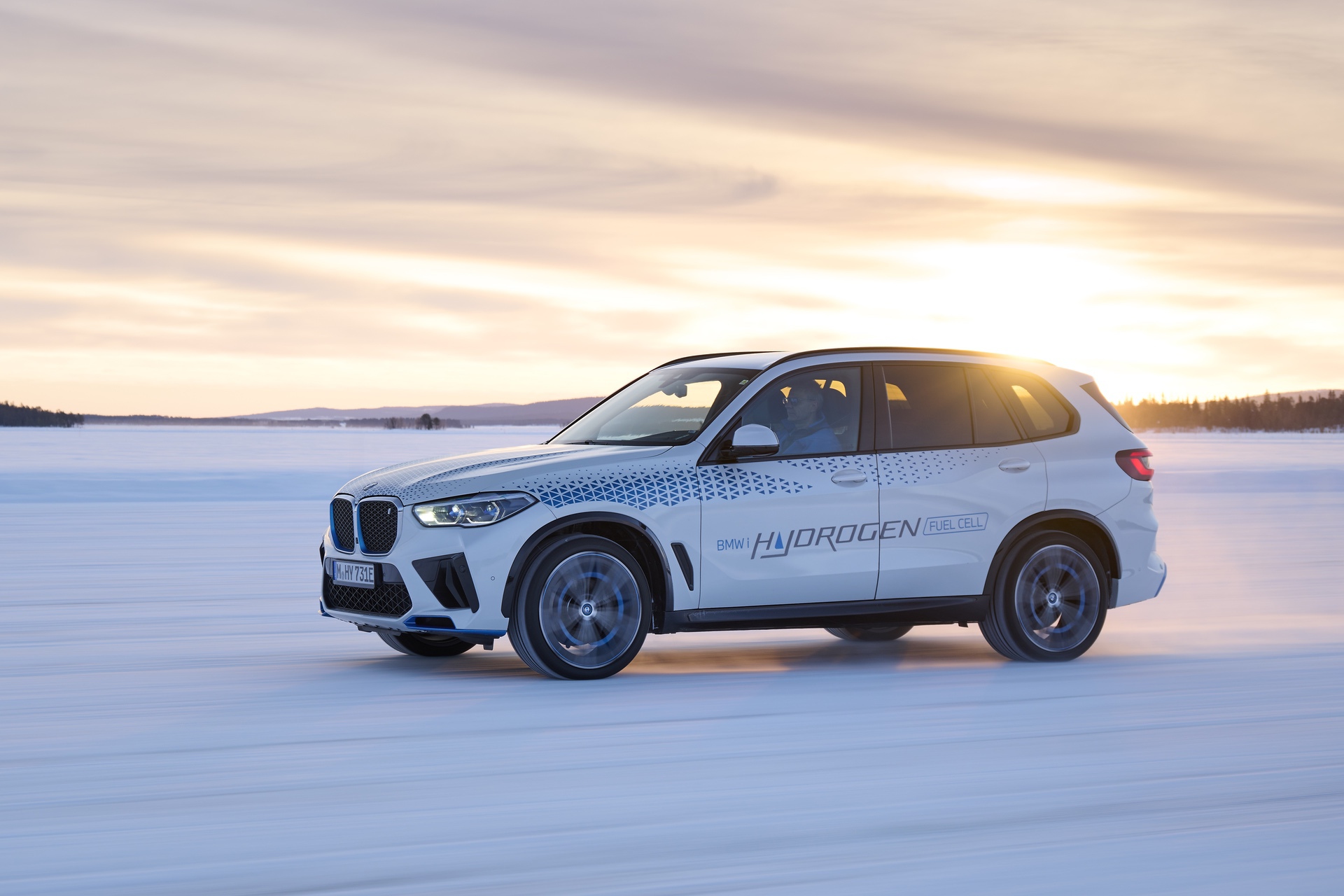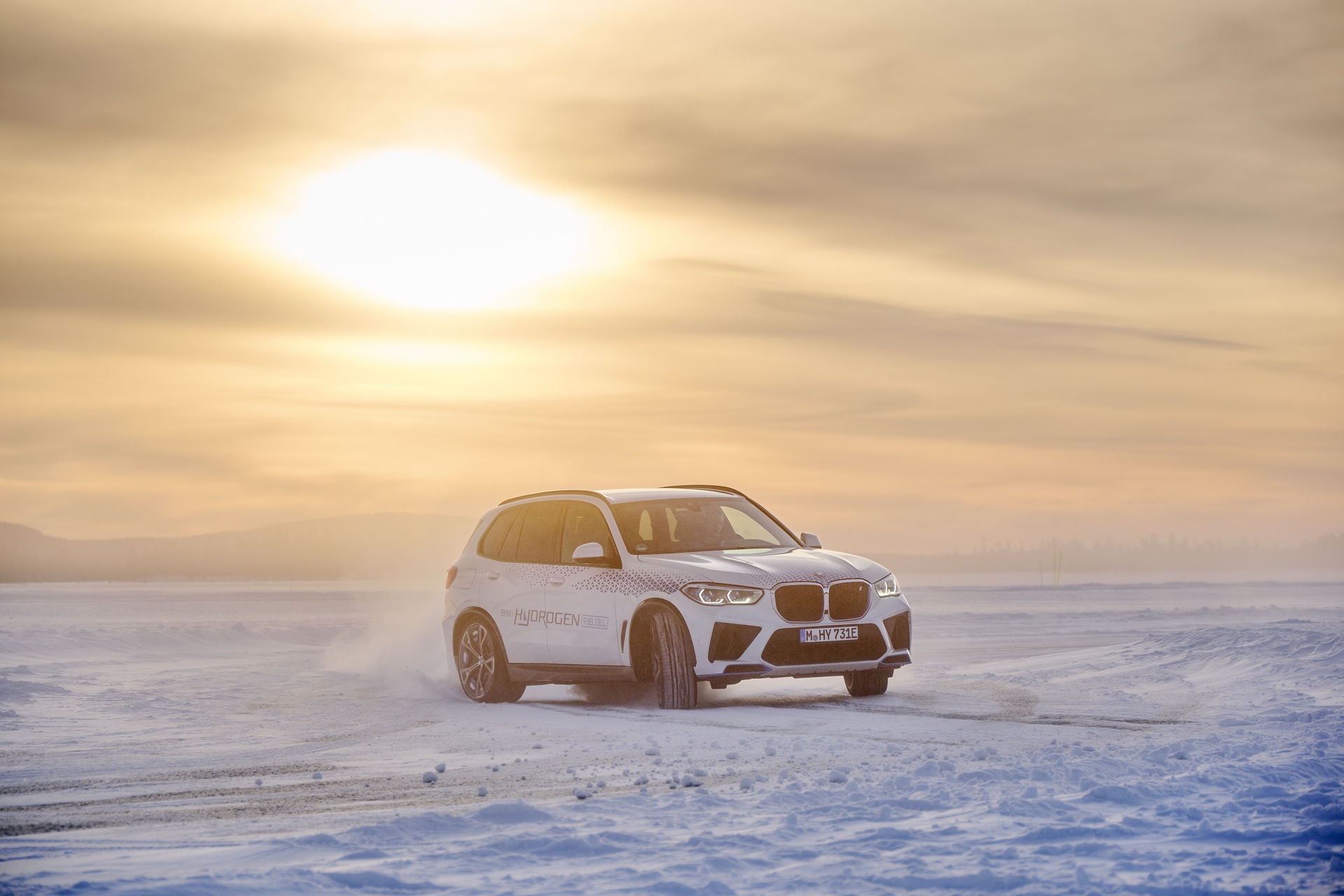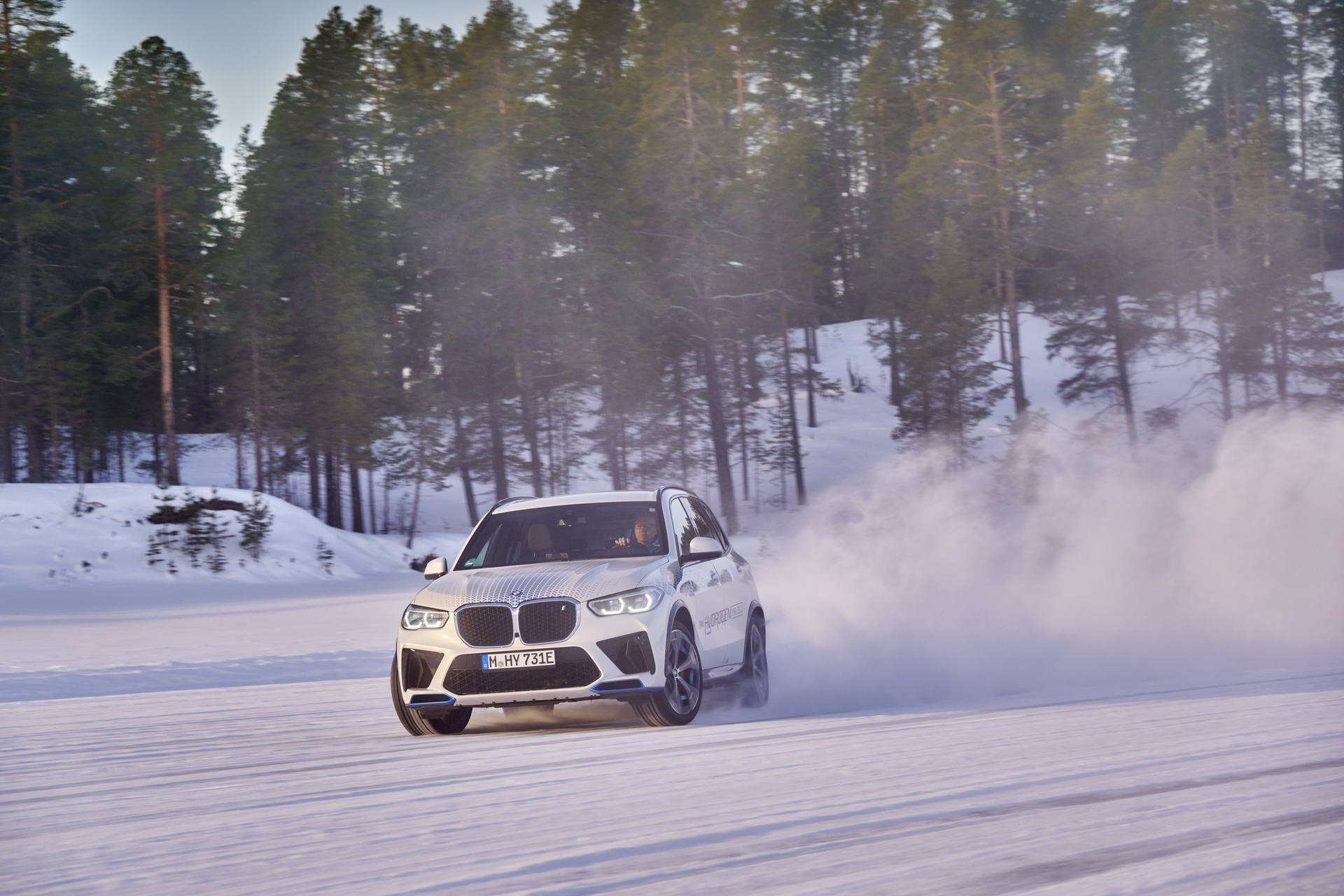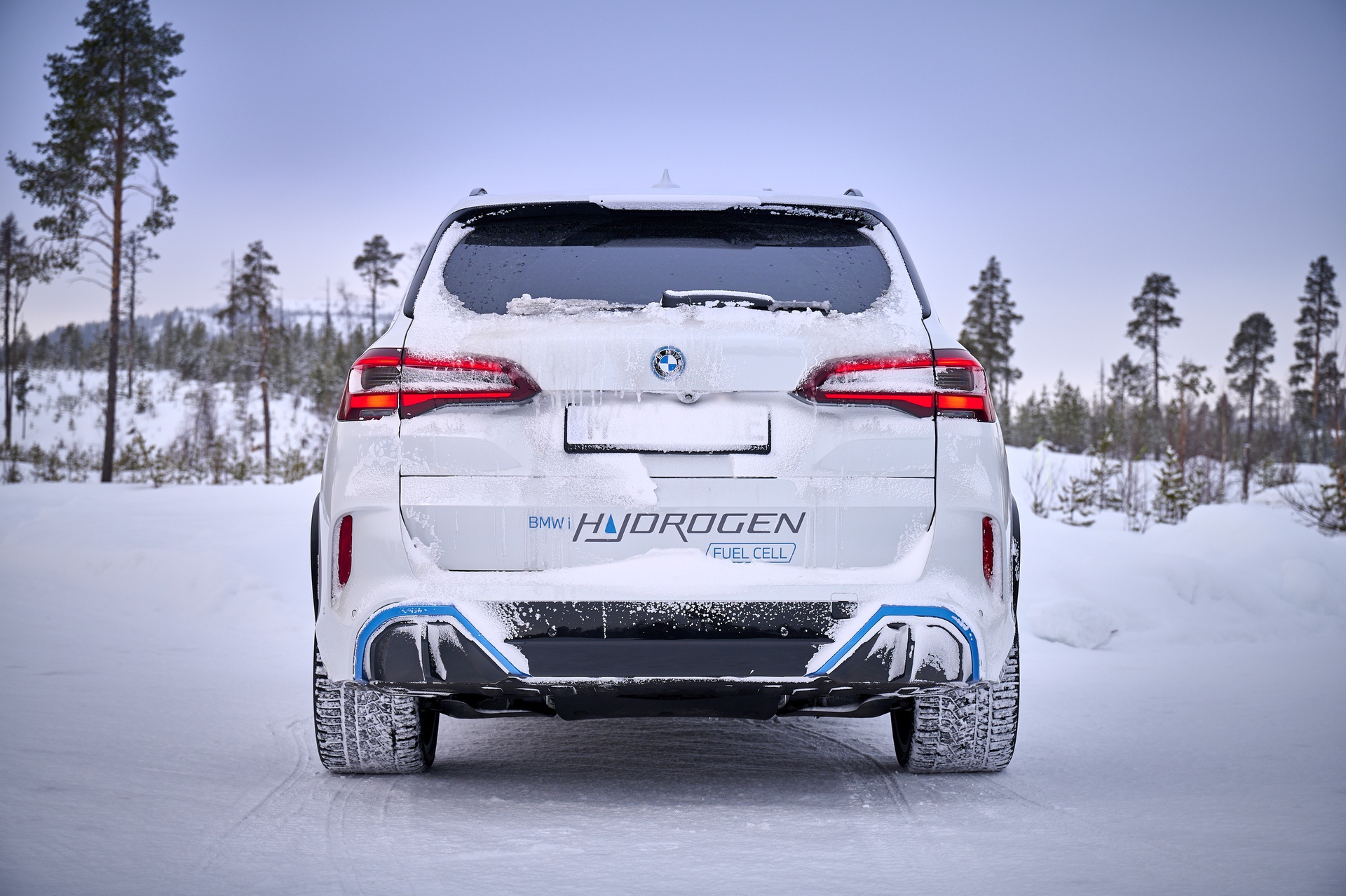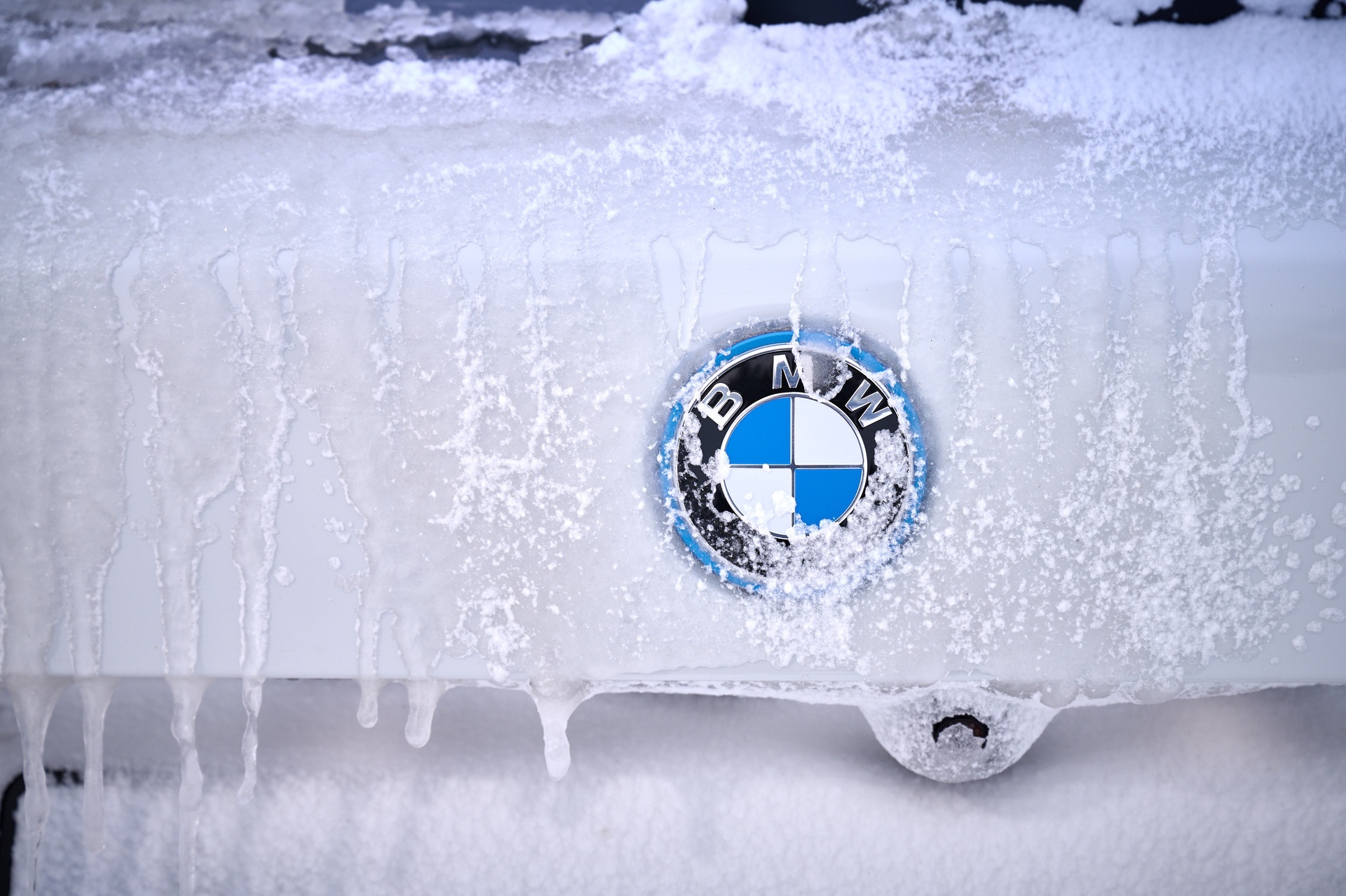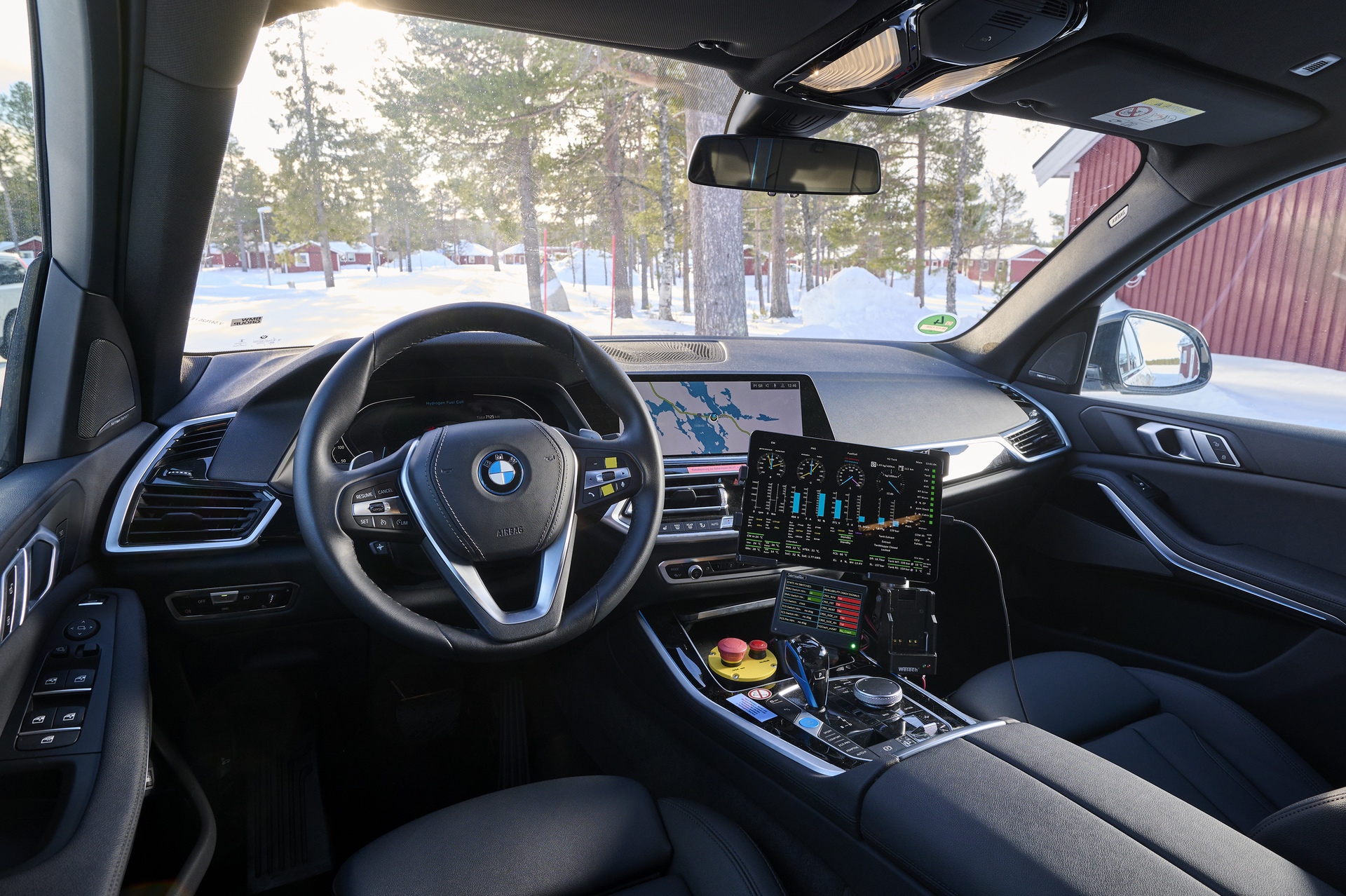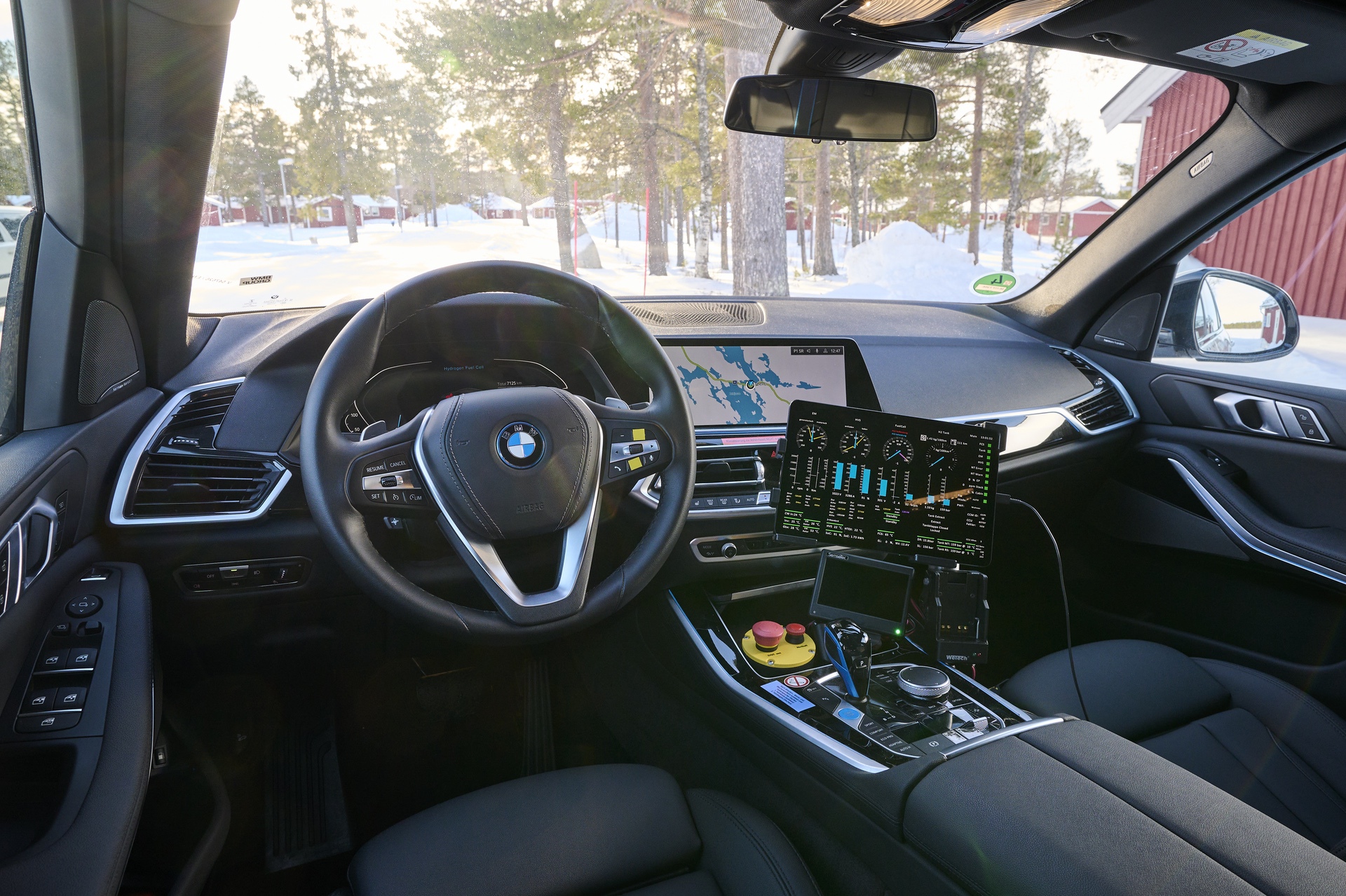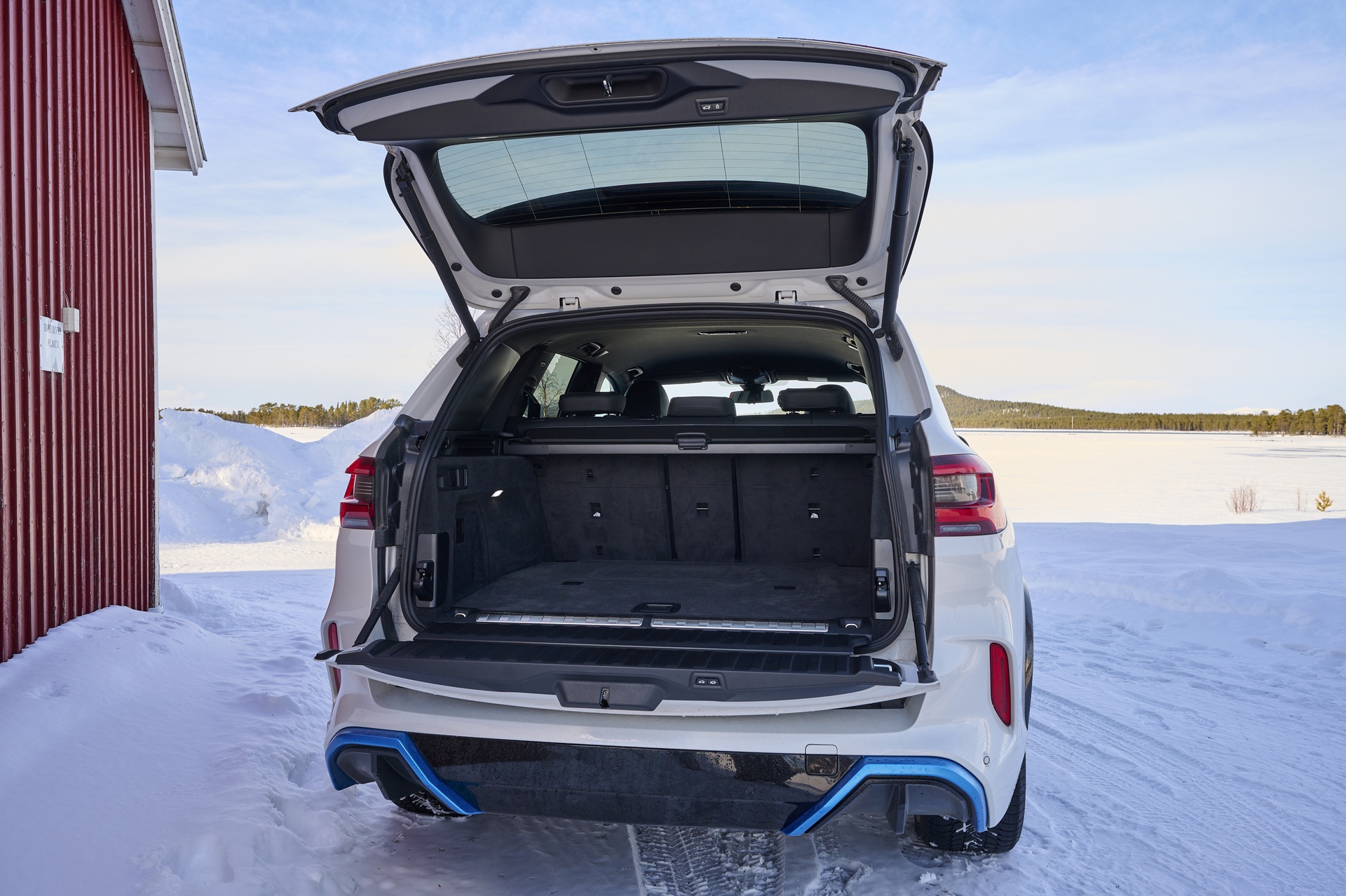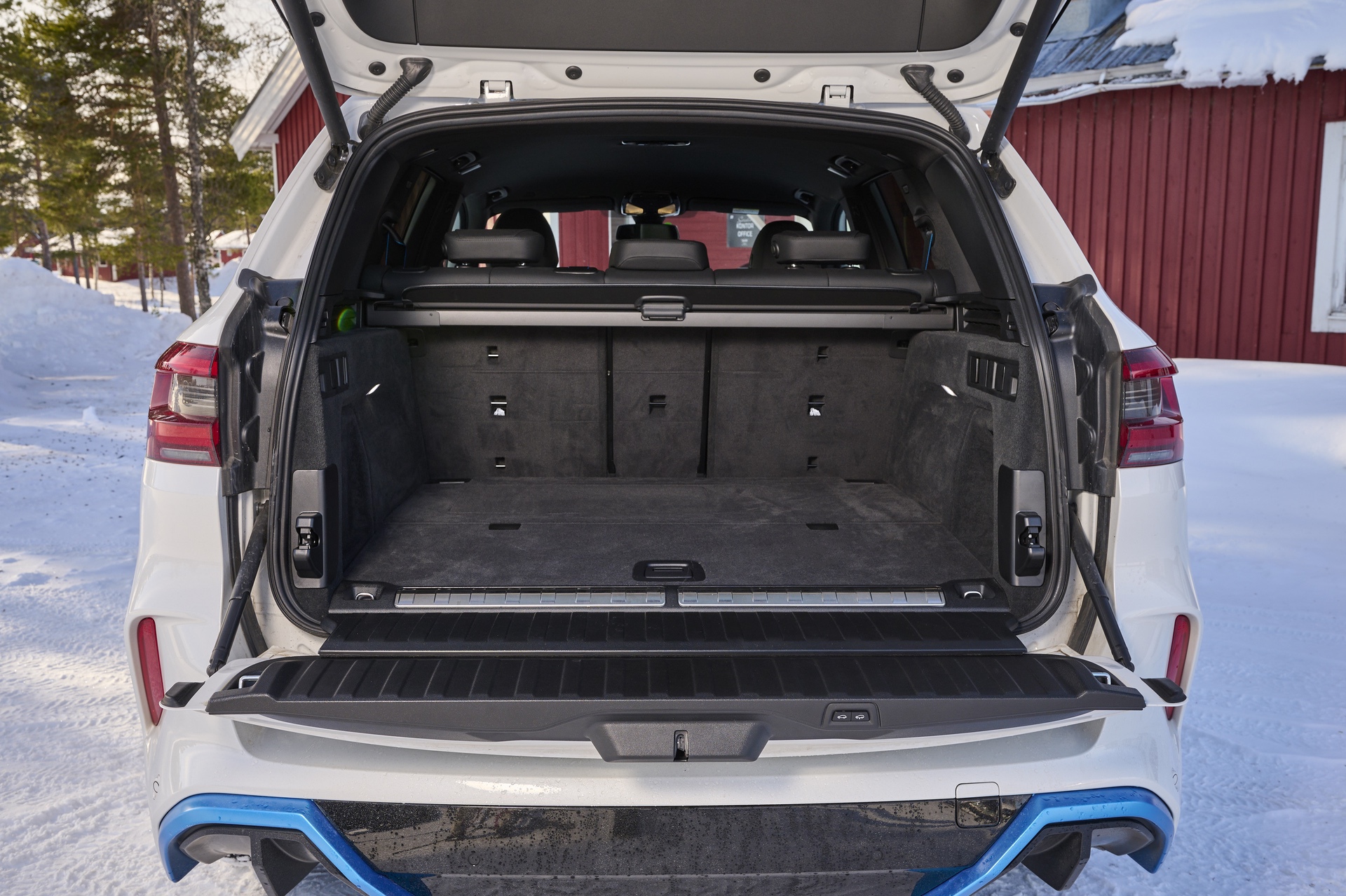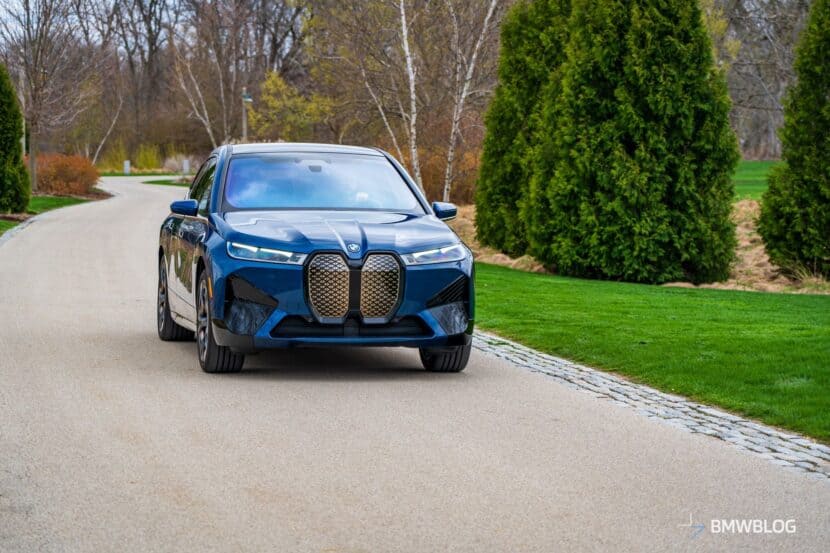When the words prototype, secrets and drifting appear in your mailbox, the bags pack themselves. Quite fast. So 3 timezones, 3 flights and 24 hours later, the Arctic Circle opens up in front of me with sub-zero temperatures. But there is a reason behind this madness – The BMW iX5 Hydrogen. The FCEV, short for Fuel Cell Electric Vehicle, is BMW’s new bet on hydrogen-powered vehicles, but certainly not their first. The prototype made its debut in 2019 at the Frankfurt Auto Show and then, once again, two years later at the Munich car show.
Arjeplog – The Arctic Circle Testing Center

BMW engineers have worked hard since to perfect the technology in the iX5 Hydrogen prototype and was now finally ready to be handed out to a selected number of journalists. And there is no better place to do so than at the BMW Testing Center in Arjeplog, Sweden. Located 55 kilometers from the Arctic Circle, the testing centers offers development engineers of the BMW, MINI and Rolls-Royce brands perfect conditions for intensive and integrated work on new vehicle components and models.

The 28-hectare testing ground includes a snow course of 740 meters in length, along with a half-kilometer long riving dynamics area. There are also plenty of high-degree slopes and a dedicated route for braking tests on different surfaces. Of course, being in Northern Sweden, there are plenty of lakes ready to be used in the winter – around 8,800 of them. Locals begin prepping the site on Lake Kakel, as soon as it gets cold enough, usually in late October or early November.
Between November and April, BMW Group has hundreds of engineers working at the testing center in different roles. During my trip, I also ran into a group of MINI engineers who were getting ready to test drive the next-generation MINI Cooper electric vehicles.
The Technology Inside The BMW iX5 FCEV
The test driving schedule has me kicking off the day with Robert Halas, project leader for the BMW iX5 Hydrogen and Dr. Juergen Guldner, head of all hydrogen activities and hydrogen vehicle projects at BMW. The two will be behind the wheel on the first day of this test drive. Since the iX5 Hydrogen is in its final development phase, but officially still a prototype, only the BMW engineers are allowed to drive it on public roads.
This is BMW’s second attempt at a fuel cell electric vehicle. The first one was introduced in 2015 inside a 5 Series Gran Turismo prototype, part of another collaboration with Toyota. We had the chance to drive that FCEV prototype in Miramas, BMW’s testing facility in southern France. Built also in collaboration with Toyota, the iX5 FCEV is keeping BMW’s fuel cell program alive, as the Bavarians feel that hydrogen can be a very effective technology for long-distance vehicles in the future. The idea is that hydrogen fuel cell-powered vehicles can be used to supplement the brand’s lineup where traditional electric vehicles have difficulties. For instance, in areas that don’t have access to high-speed charging, hydrogen can be a helpful alternative.
From Compressed Hydrogen To Electricity
Hydrogen is a diatomic molecule, two hydrogen atoms sharing a valence shell. You can fill a balloon with hydrogen and oxygen gases and they will not instantly form water. To get water out of this you need to ‘excite’ the sets of hydrogen and oxygen atoms sufficiently to ‘unstick’ them. Of course, using hydrogen in a combustion chamber mixed with air is pretty straightforward (and remember it’s a 2 to 1 mix of hydrogen and oxygen – and air contains roughly 21% oxygen).
However, there is a problem with hydrogen as a fuel source for an internal combustion engine. While it has incredible energy density per pound – about three times that of gasoline, it is, unfortunately, the lightest element in the universe, meaning that it has to be squeezed mightily to get any density at all. Even compressed hydrogen doesn’t come close to the energy density of gasoline by volume. So, given the low efficiency of an internal combustion engine compared to an electric motor, hydrogen isn’t an effective solution for ICE.
But when comparing compressed hydrogen to batteries the tables turn. Hydrogen in a fuel cell stack can provide plentiful electricity allowing good power and range. And even better, unlike batteries, as the store of hydrogen drains the fuel cell stack still produces rated voltage. Batteries decrease available voltage as they drain (and that’s why so much effort is spent on battery management and not allowing batteries to discharge beyond a very healthy reserve).
Carbon-Fiber Hydrogen Tanks
The BMW iX5 Hydrogen has two carbon-fiber hydrogen tanks that store 6 kilograms of compressed hydrogen at a pressure of 700 bar. The two tanks form a T-shape in the floor of the BMW iX5 Hydrogen. One tank is placed where the transmission tunnel would usually be and the other below the rear bench. The fuel cells are produced by Toyota, but the actual fuel cell stack and software layer is engineered in Munich.
According to Dr. Guldner, BMW has made a lot of improvements since the 5 Series GT Hydrogen days, especially power density improvements. BMW is also reusing a lot of the technology from the recent BMW iX3 or iX, both which are using BMW’s fifth-generation eDrive electric motor technology. The only difference is that, instead of a battery pack supplying electricity, hydrogen fuel cells convert compressed hydrogen into electricity. A converter then adjusts the voltage of that energy to the electric motor.
Reusing Components From BMW iX3 and iX
Typically, the BMW iX5 makes about 125 kW/170 horsepower, however, the energy stored in a performance buffer battery can be used for short bursts of high-performance acceleration, delivering a maximum of 275 kW/374 horsepower. The power battery located at the rear axle can be recharged in coasting overruns and braking phases.
Speaking of “charging”, it takes about three to four minutes to fill up the hydrogen tanks, enough for a current estimated range of 300 miles (500 km). Dr. Guldner says that further range improvements can be achieved, so we’ll have to wait for the production series vehicle to get the latest range stats.
So how much will it cost you to fill up the hydrogen tanks? At an average price of $10 per kilogram of compressed hydrogen, a refill of the BMW iX5 Hydrogen will set you back $60. So from that perspective, you’re trading a lower cost to recharge a BEV for a costlier, yet faster refill of an FCEV.
Is Hydrogen Safe?
I asked both Dr. Gulder and Halas about the safety measurements required by a hydrogen fuel cell vehicle. According to the engineering team, the hydrogen tank has a liner to prevent the hydrogen from going out, and that’s reinforced with carbon fiber to give it more strength. Additionally, a coating layer provides additional protection so in case of a fire the entire tank is protected. Release valves were also integrated in the car, so in case there is a fire, the hydrogen is released.
Feels Like An EV, Drives Like An EV
First leg of the test drive will take us from the Hotel Kraja in Arjeplog all the way to the Arctic Circle. A long stretch of curvy, yet snowy and icy roads, will give me the chance to experience what it feels like to live with a fuel cell vehicle. The iX5 Hydrogen Prototype is a rear-wheel drive vehicle, but it comes equipped with proper winter tires. So decent traction and grip. The interior is decked out with a series of testing equipment which captures data in real time and transmits it globally to BMW engineers. All in a matter of milliseconds.
Being a test vehicle, there is a specific procedure to turn on and off the car. Furthermore, a tablet displays relevant information regarding the functionality of the systems in the car. So I had the chance to see how the telemetrics change in real time. For example, under fast accelerations, the digital gauges show the additional power boost sent to the electric motor. The B Mode (one pedal driving) or braking procedures highlight how much electricity was sent to the power battery for storage.
The BMW iX5 Hydrogen is just as silent on the road as any other electric vehicle. Although, it does come standard with an electric sound which is likely needed for pedestrian safety regulations. So no surprises there compared to any other electric car.
Interesting enough, the iX5 Hydrogen weighs roughly the same as an X5 PHEV, around 2,500 kg (5,512 lbs), and certainly less than the BMW iX. Therefore, the driving experience is quite nimble. The power delivery reminds of the BMW iX3 SUV, another rear-wheel drive electric vehicle but with only 282 horsepower.

Even in “standard form” at 170 horsepower, the iX5 Hydrogen feels punchy, but of course, due to the road conditions, no track records were set. There weren’t many opportunities for overtaking in this part of the world, but the very few times when more power was needed, the power battery kicked in to provided additional bursts of fun.
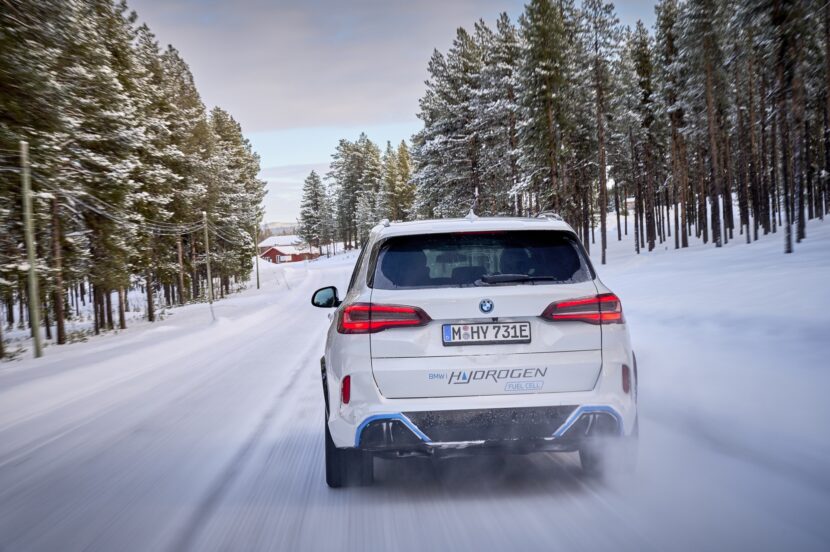
Overall, the driving experience on the road was similar to that of a battery-powered electric vehicle, but with the added benefits of not losing any driving range due to cold weather, or by using comfort features like the heating system. This is another area where a fuel cell vehicle shines: there is no reduction in power or range, regardless of the outdoor temperature or the use of an AC system.
Drifting On An Ice Lake
The second day is even more exciting, not only because I set foot inside the secret BMW testing facility, but also because I finally get to drive the iX5 Hydrogen. The former has been a dream of mine since seeing the endless spy photos coming from Arjeplog. And it was exactly what I imagined: a secret facility filled with camouflaged BMW and MINI cars. Unfortunately, no photos were allowed on the property, but I did have a chance to film some footage of the BMW iX5 Hydrogen prototype coming out the workshop.
Another interesting tidbit is the fact that the testing area is also filled with several cryogenic chambers which can be used in case the outdoor temperature is not cold enough for winter testing. Engineers park the test cars inside at -40 Celsius to see how the components handle the extreme temperatures.
After a short ride, we arrive at the first testing track situated, of course, on an ice lake. The mile long track takes me through snow banks onto some curves where I get to experience the driving dynamics of the iX5 Hydrogen. Being a rear-wheel drive SUV, the iX5 certainly likes to shake its tail, but interestingly enough, the B Mode (one pedal driving) does wonders when you need to offset the slide.
It’s a fairly well balanced SUV which retains a lot of the qualities of a conventional BMW X5. The steering feedback isn’t too exciting, but it’s fair to say that I wasn’t traveling at high speeds nor in the sportiest mode to fully engage the electric power system. The driving is effortless in a way and I can see why this would make for a very comfortable daily driver.
Next on the list is the U-shaped drifting track which is generously wide and long allowing some fun. I start the sliding portion in the Comfort mode which seems a bit underpowered when you try to maintain a drift. The boost kicks in when flooring the drive pedal, but if you continue to push the FCEV to its power limits, you will soon run out of that reserve. Of course, you can coast around, and the power battery will quickly recharge.
If you switch over to the Sport Mode, this is where the additional power is immediately available, until the reserve runs out. So now you can have a lot more fun sliding the iX5 and maintaining the drifts. I was tempted for a second to fully deactivate the DSC, but being a one-off prototype, that was off the table. Not that I really needed to, this BMW iX5 Hydrogen is not likely to see many tracks or drifting pads.

In the end this is BMW’s alternative to battery-powered electric vehicles which can serve as your ideal road trip car. The BMW iX5 Hydrogen is not looking to reinvent the wheel when it comes to driving dynamics. Instead, it wants you to feel at home when you step inside and especially when you start driving it. If you’re already used to electric vehicles, the FCEV iX5 will be an easy transition, without you having to think too much about the drivetrain.
FCEVs – A Future In The Automotive Industry?
There aren’t many traditional automakers left in the fuel cell electric vehicles space. Most of them will soon fully switch to battery-powered electric vehicles, but BMW and Toyota still believe that hydrogen will be part of our mobility future. Their bet is on the fuel cell stacks themselves becoming smaller and more efficient in the future, along with a buy-in from the heavy truck industry. The latter could be the main driver behind the adoption of FCEVs which need a solid, yet costly infrastructure in place. Longer hauls are not ideal for battery-electric trucks, despite companies like Amazon or PepsiCo turning to lighter battery-electric trucks. This is the use case where FCEVs could shine and level the playfield.
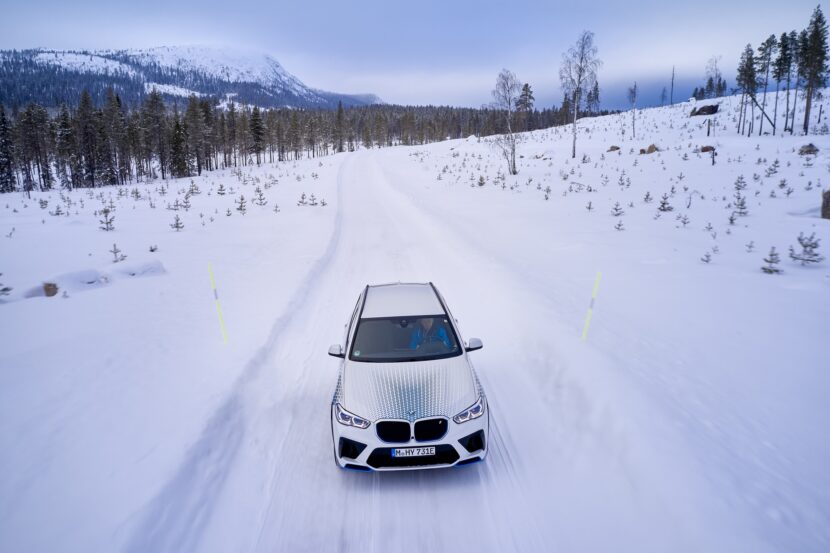
In the small cars and trucks industry, there are still plenty of customers who will likely deal with the range anxiety and charging times of an electric vehicle. So the battle between BEVs and FCEVs might really come down in the end to the network infrastructure.
The journey to the Arctic Circle comes to an end, but with a BMW iX5 Hydrogen fleet planned for the road in 2023, a second adventure with the FCEV might be just around the corner.








